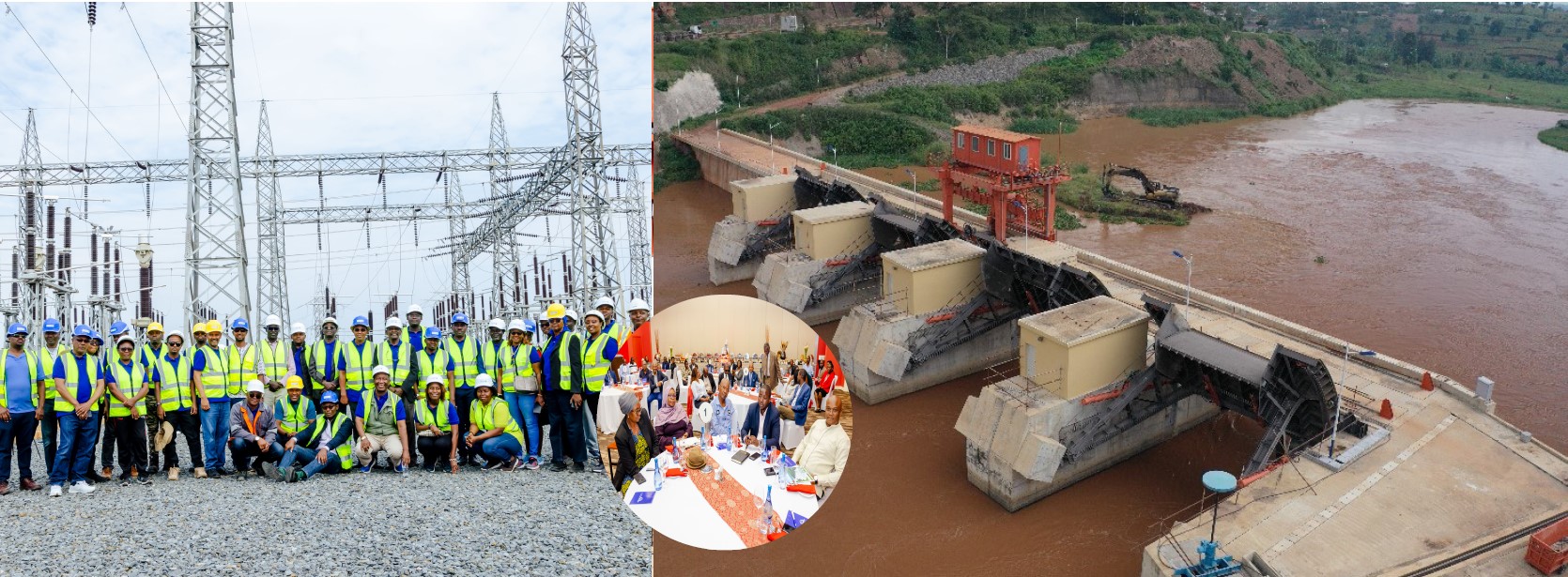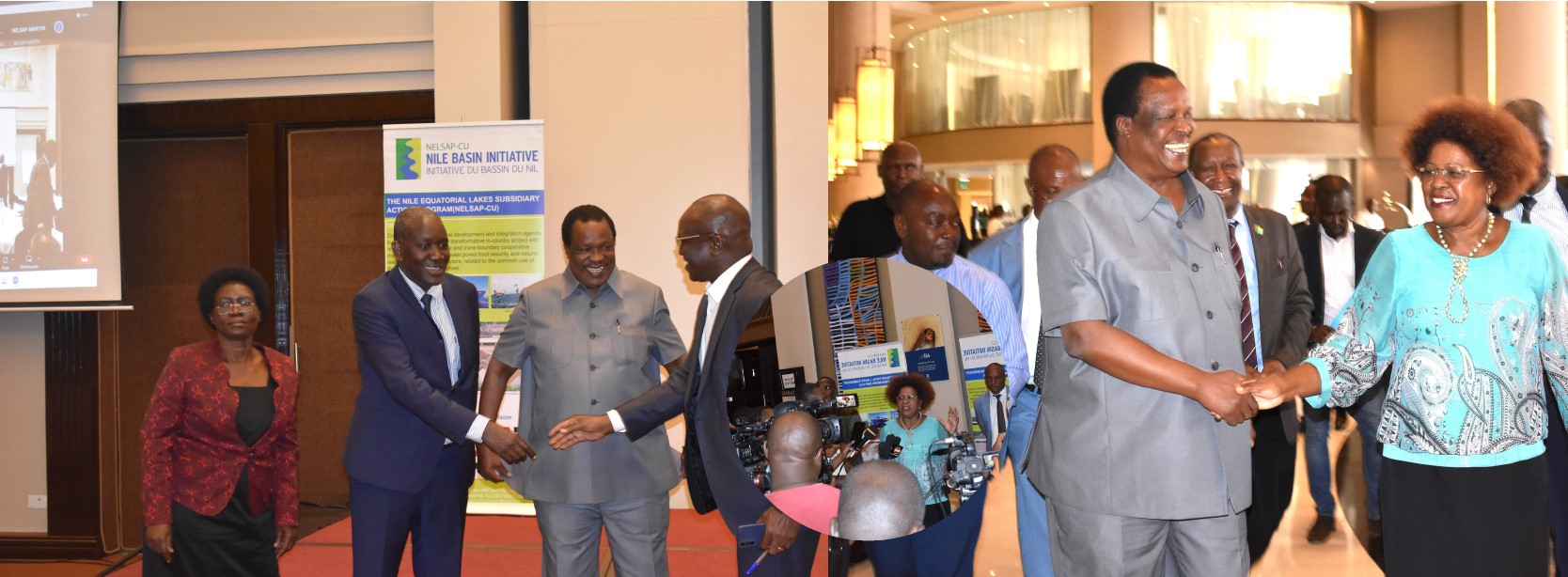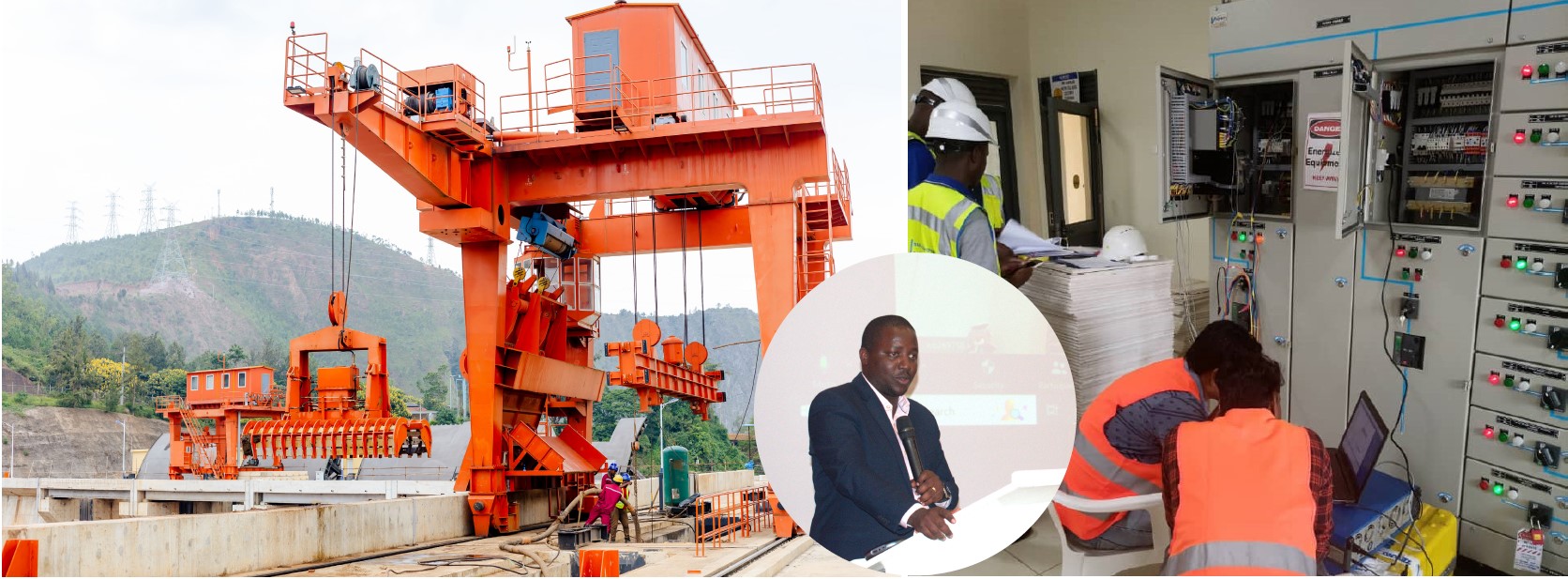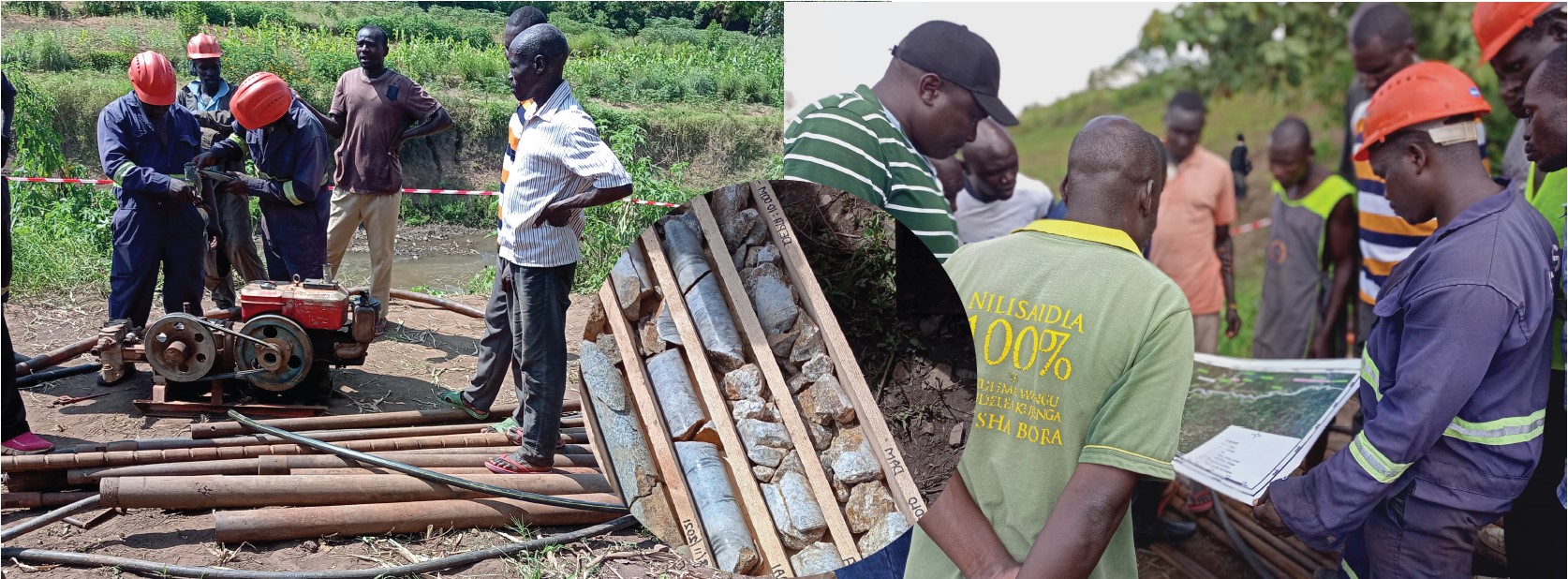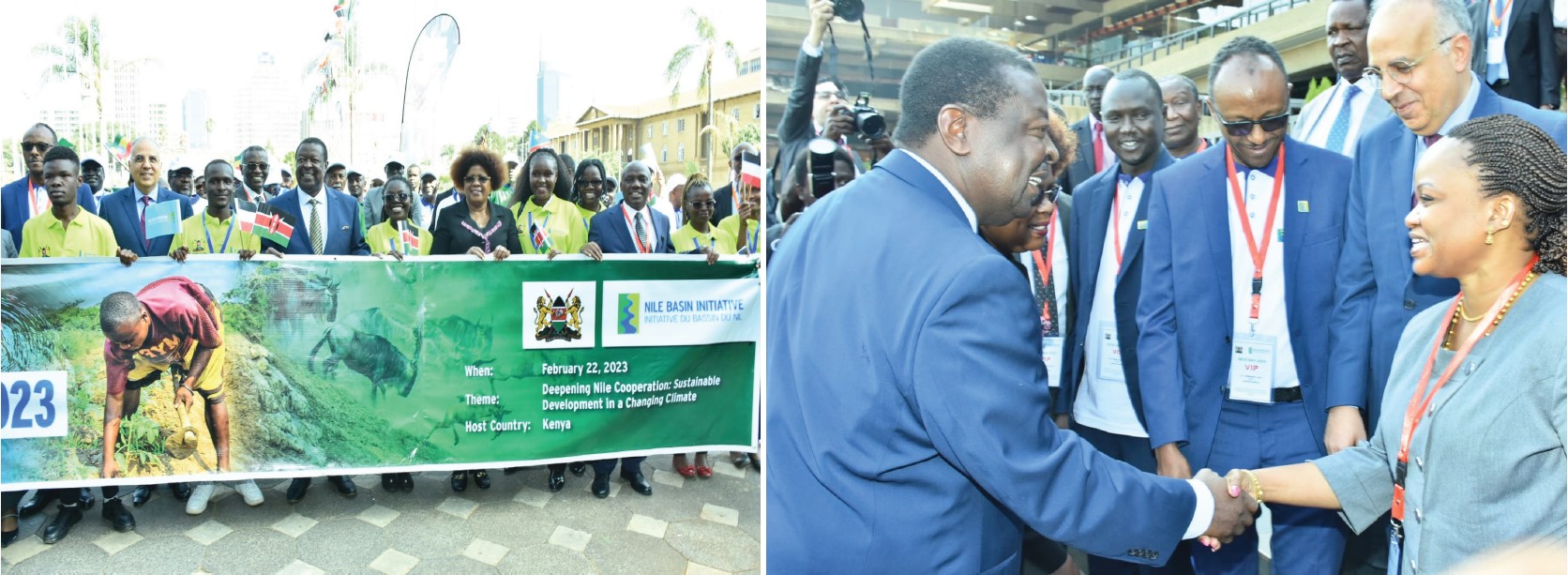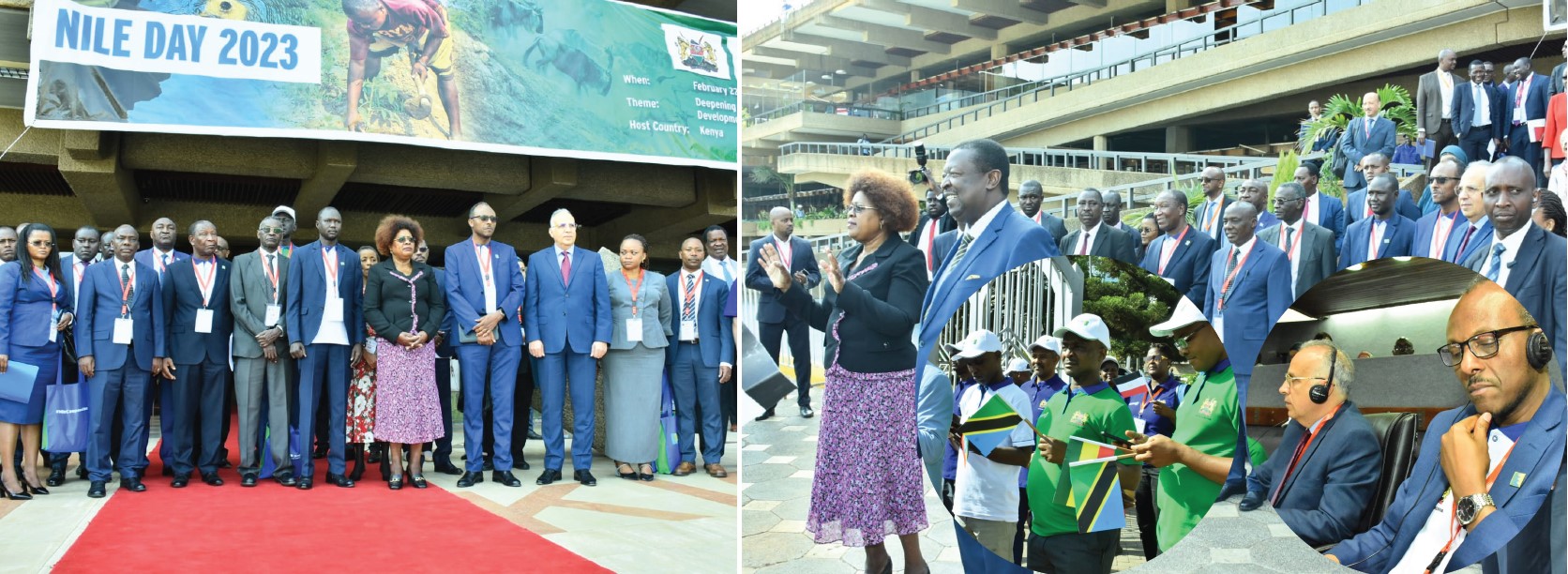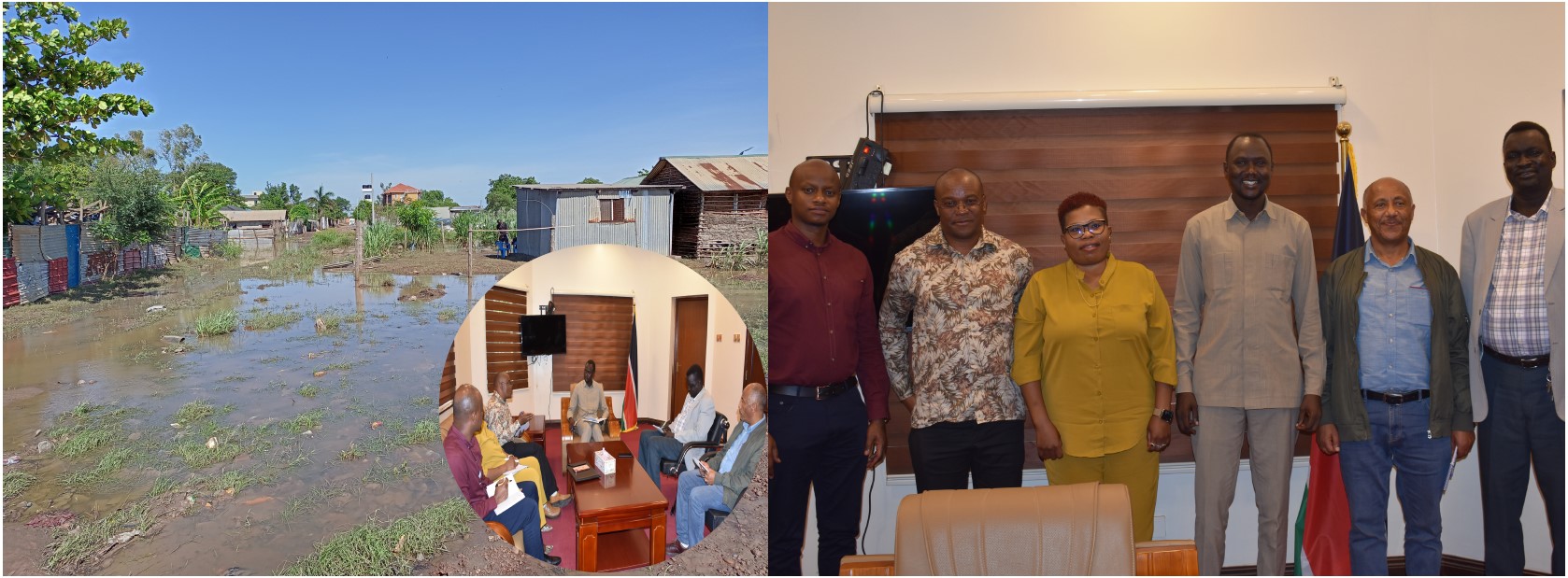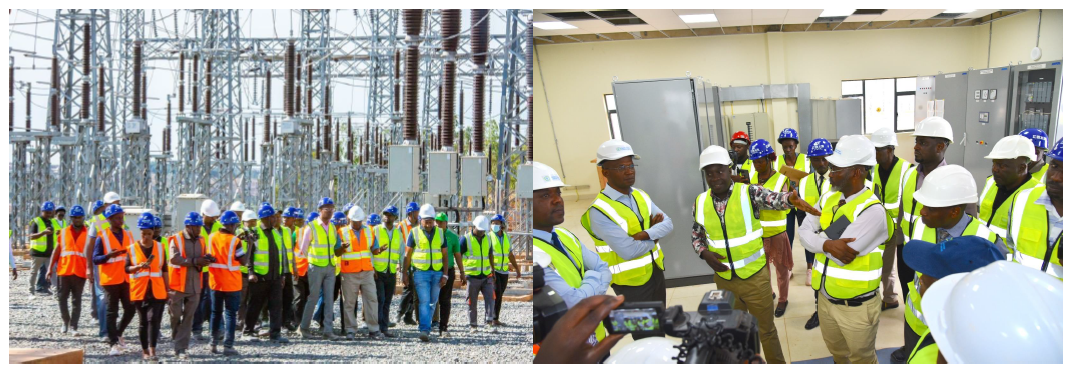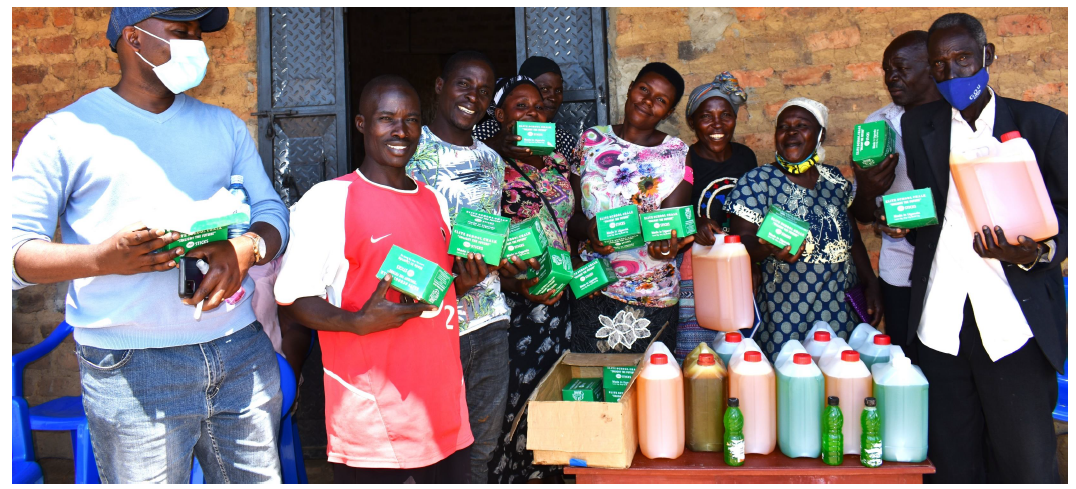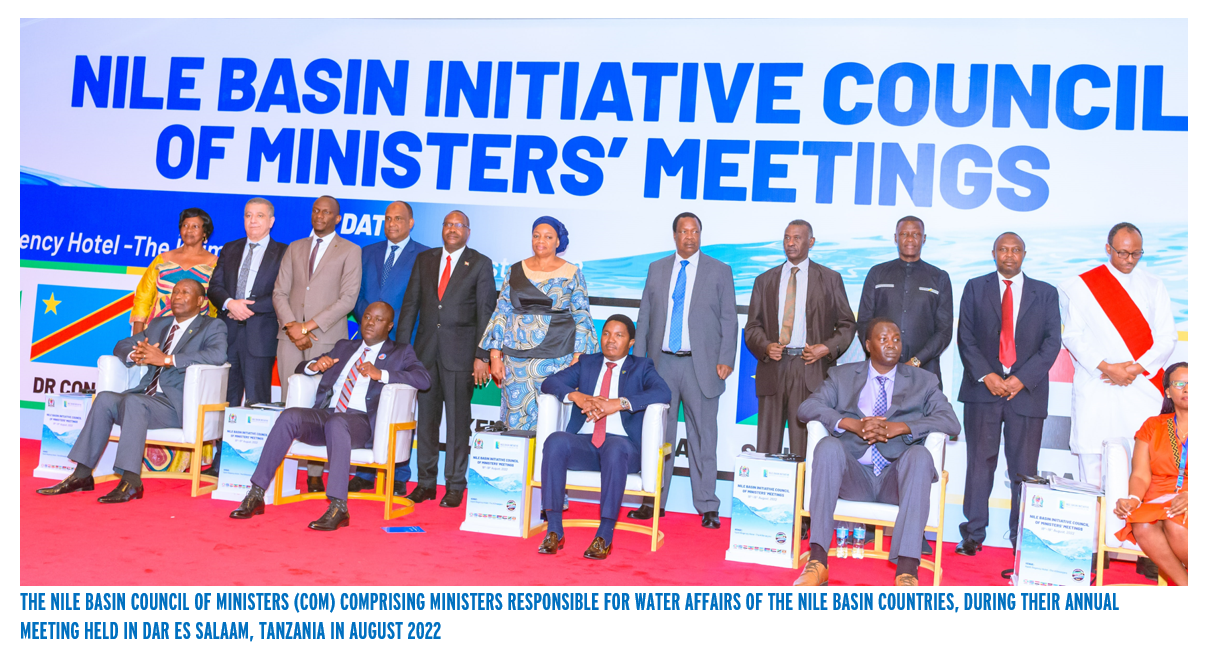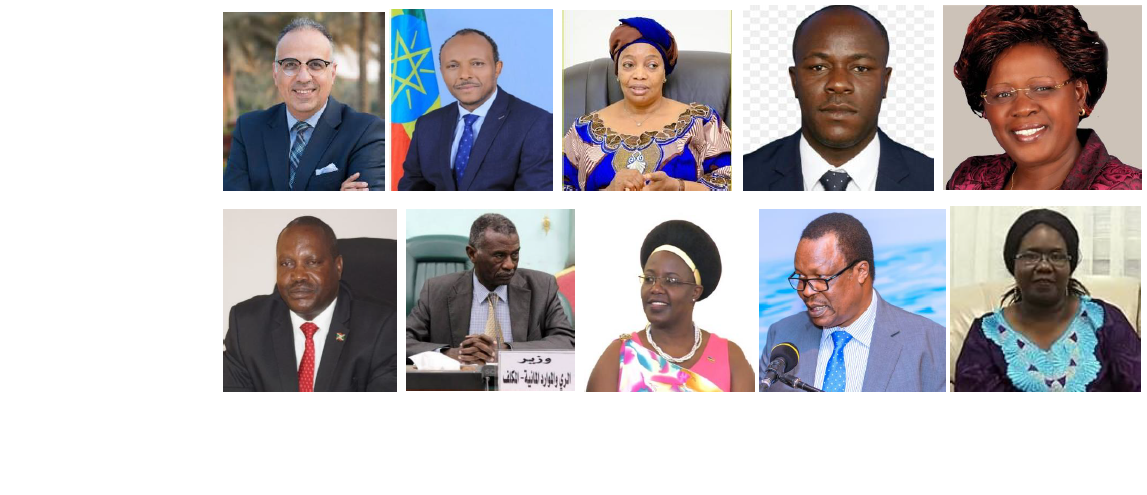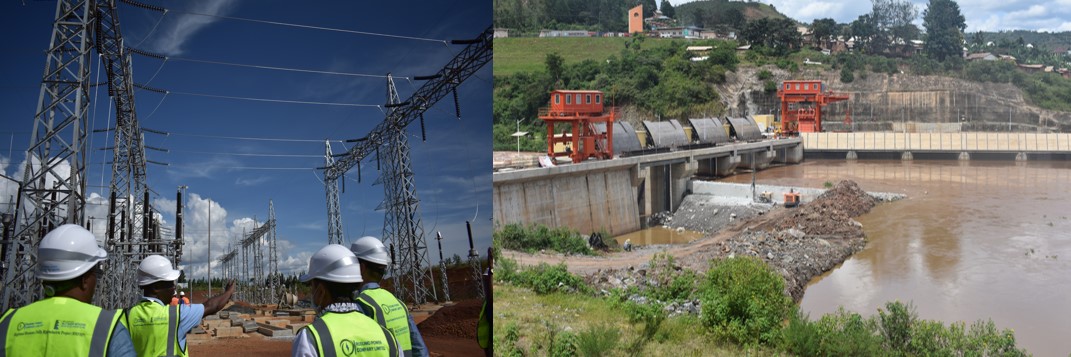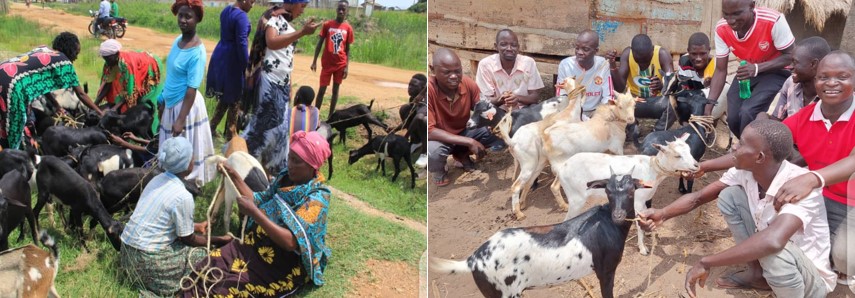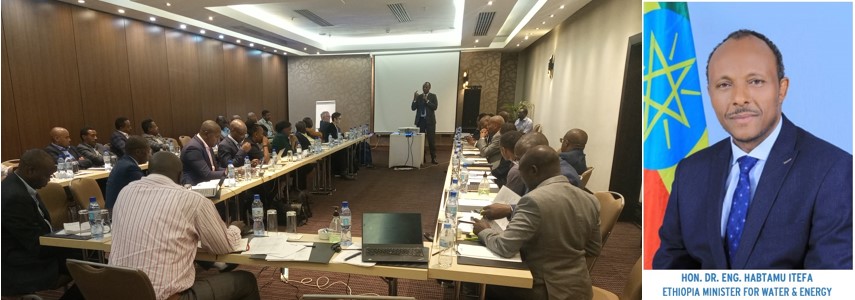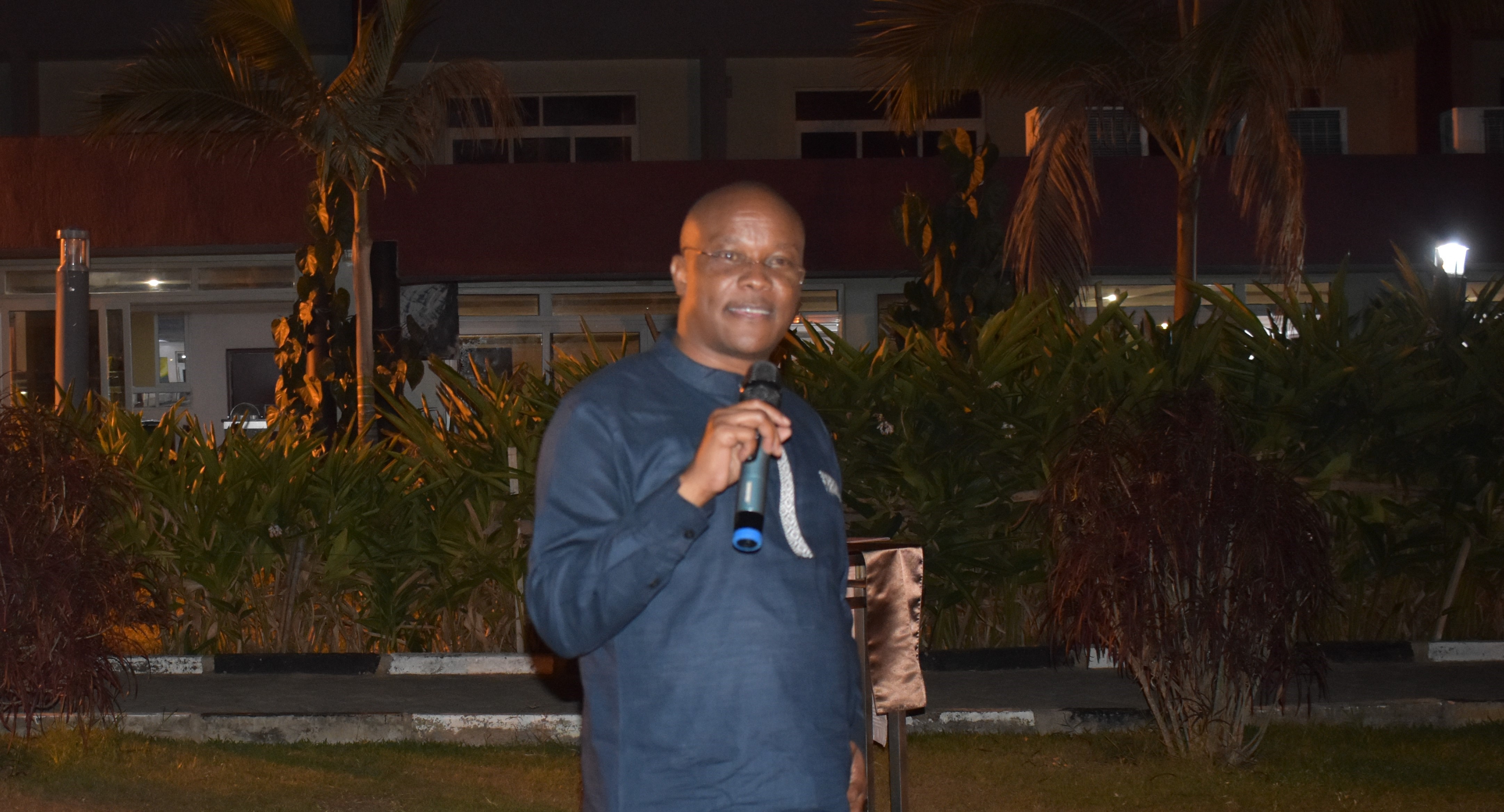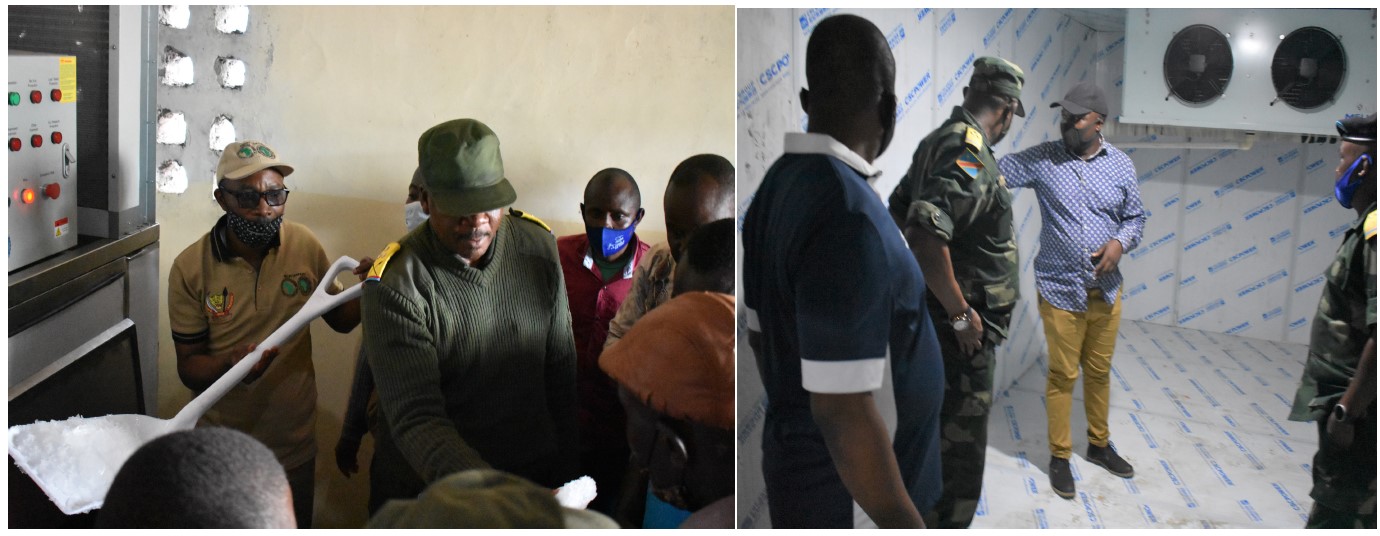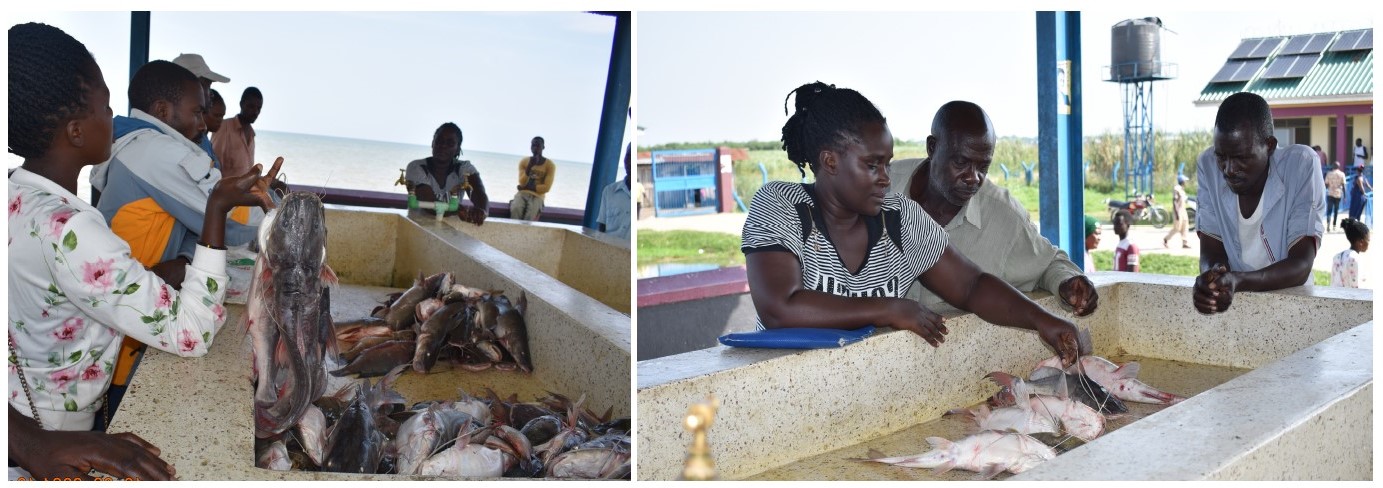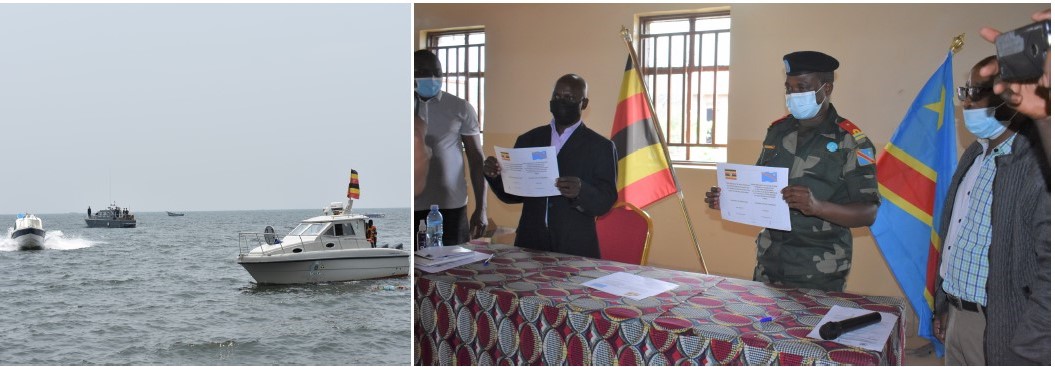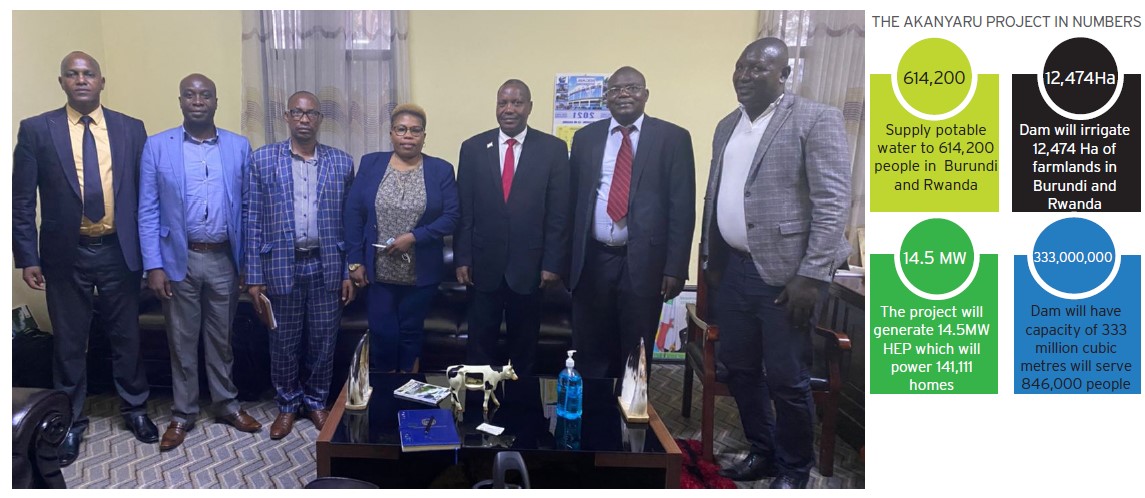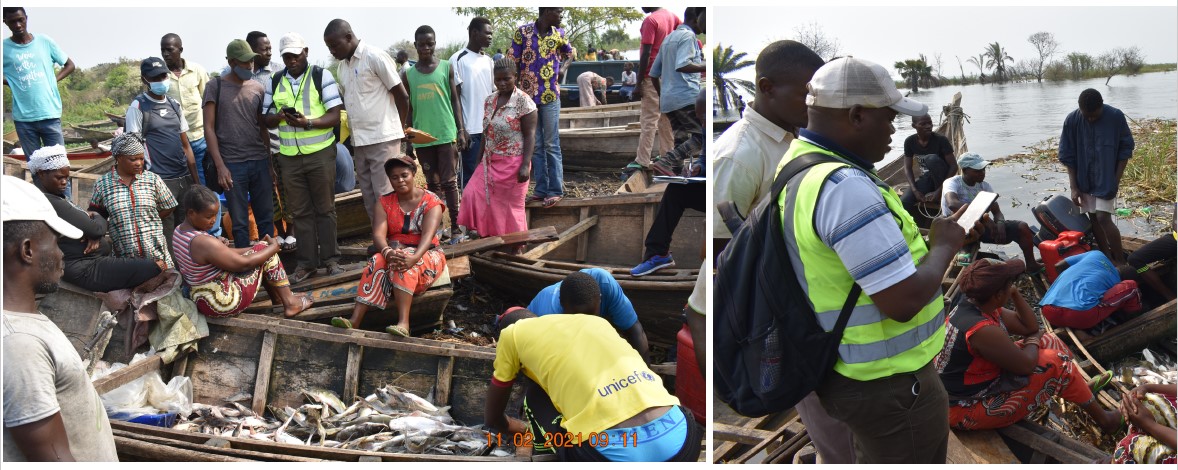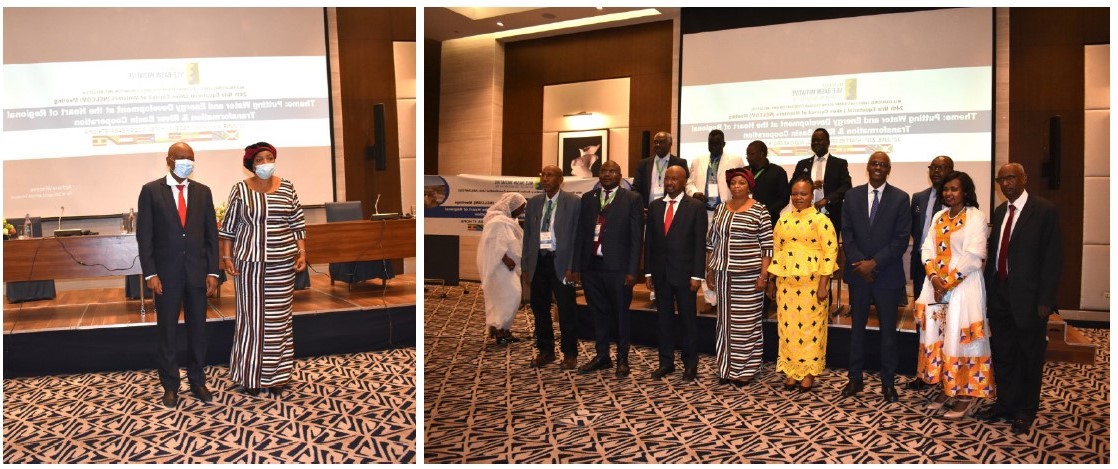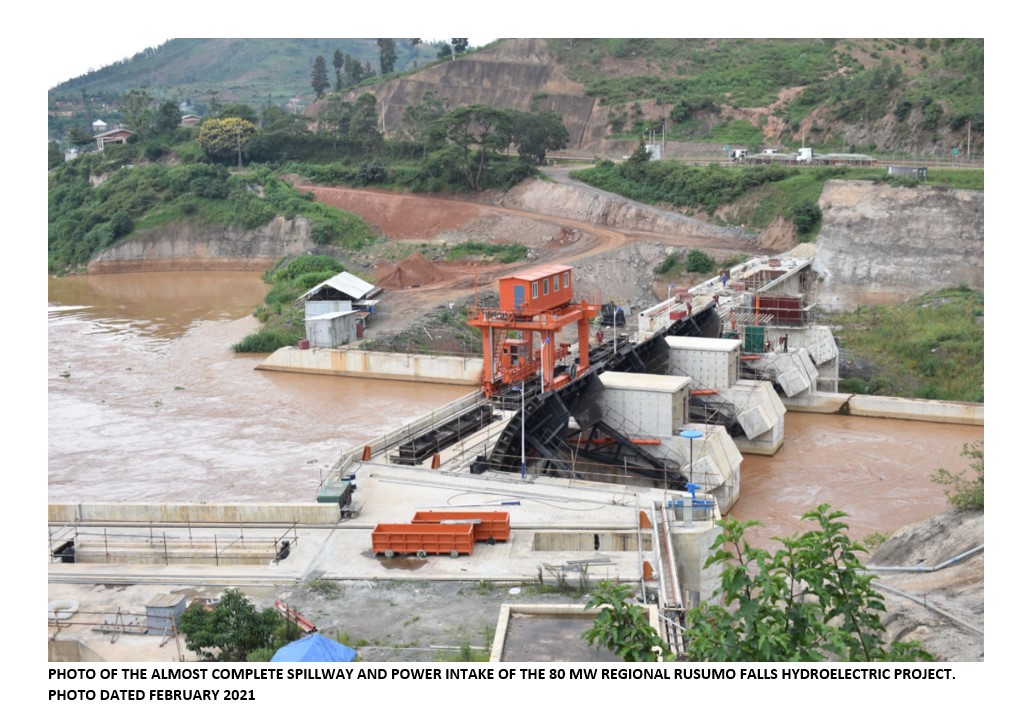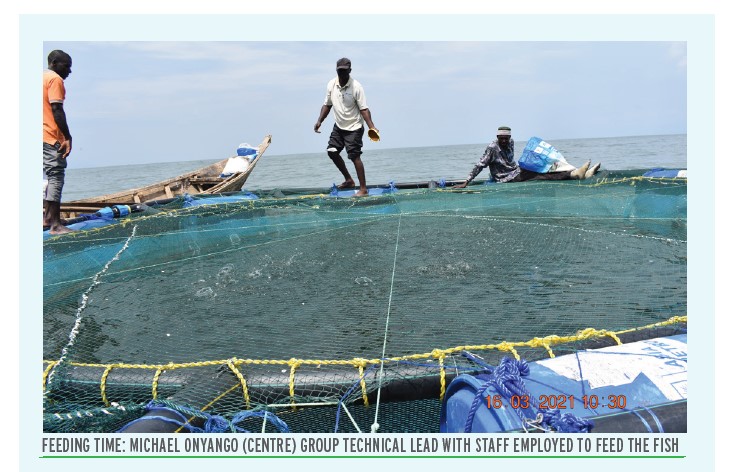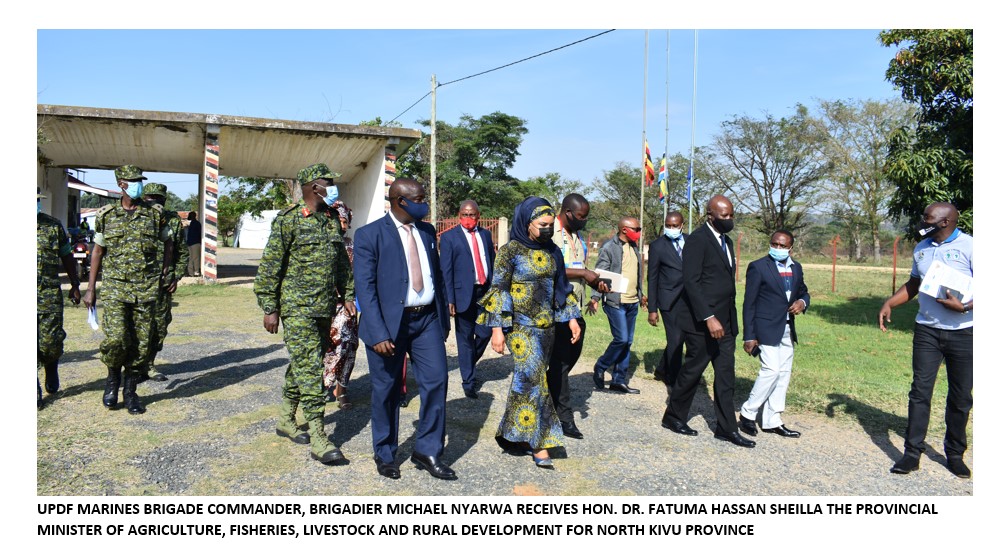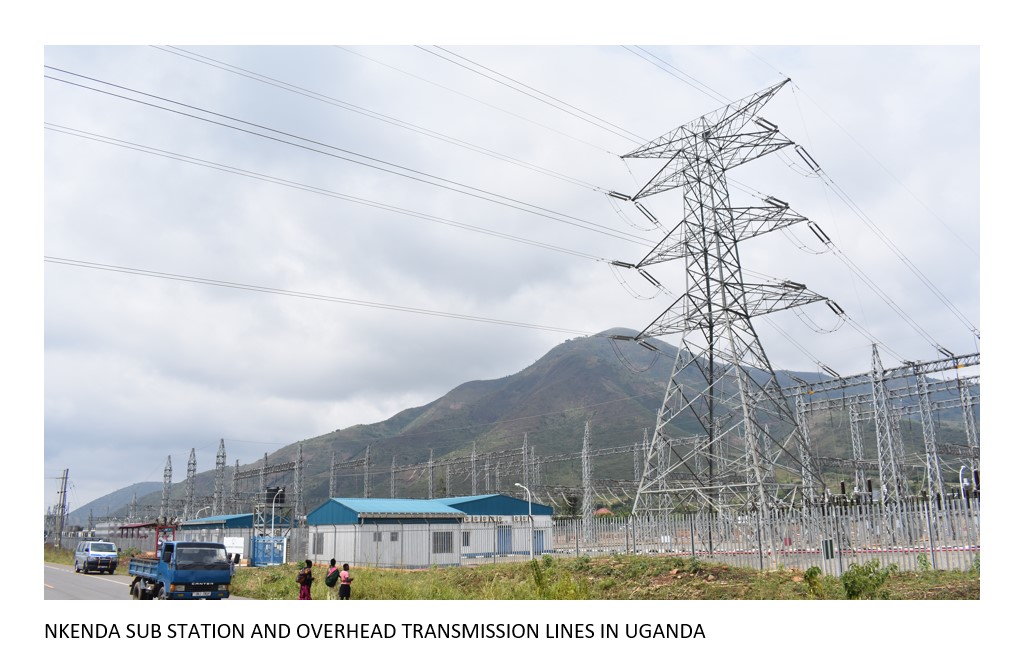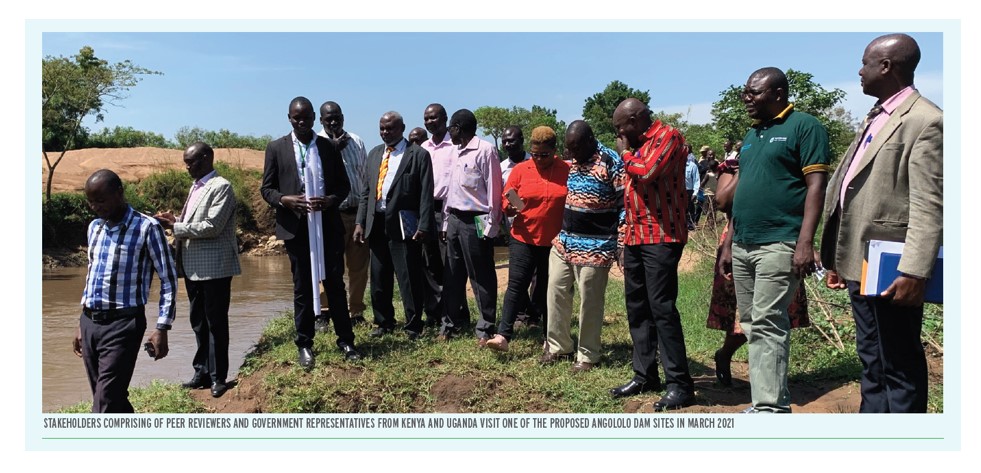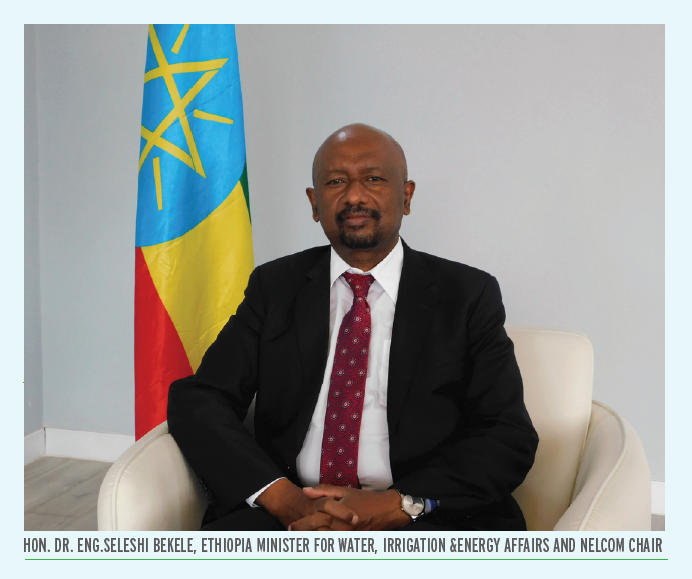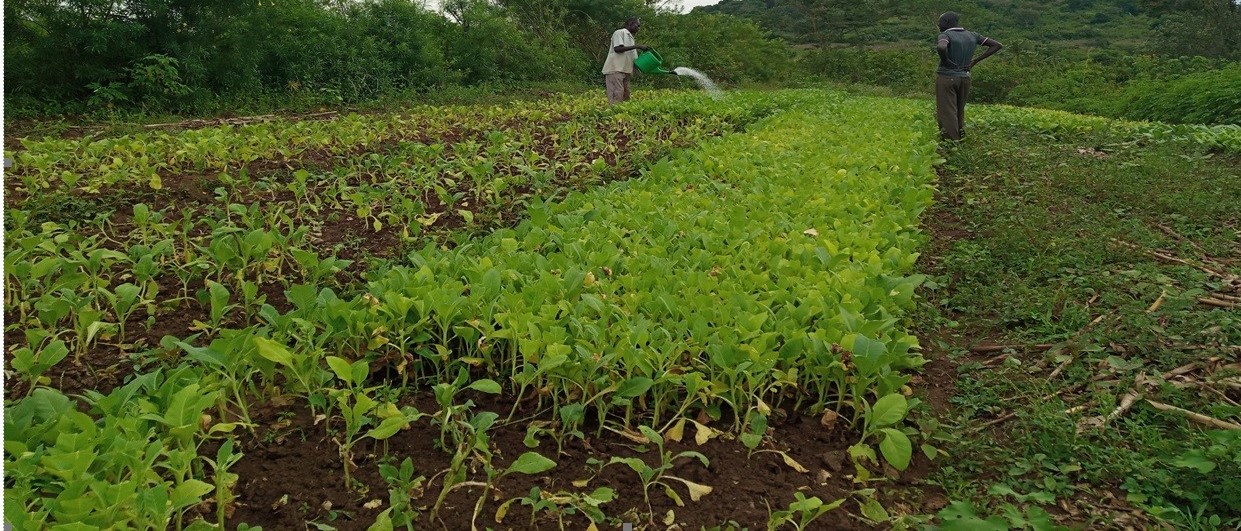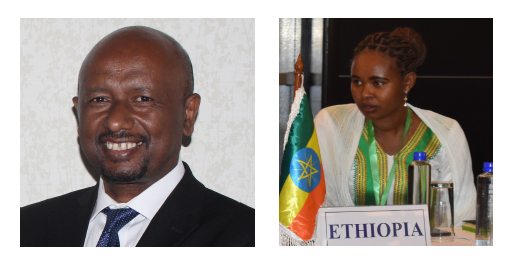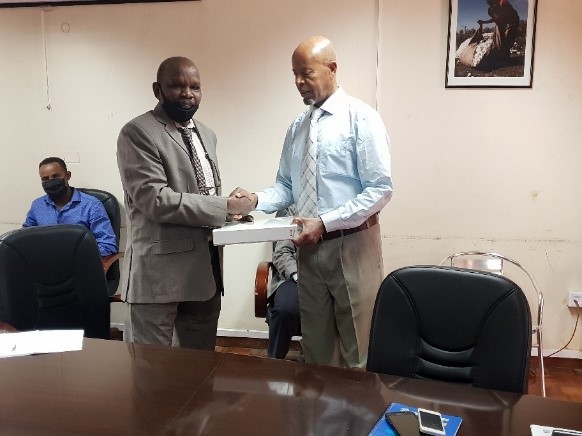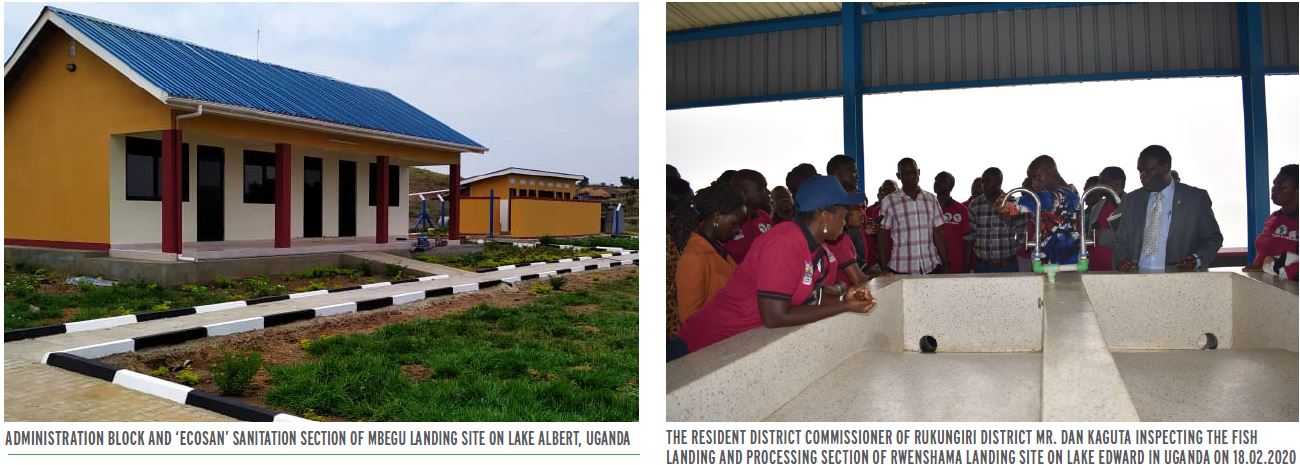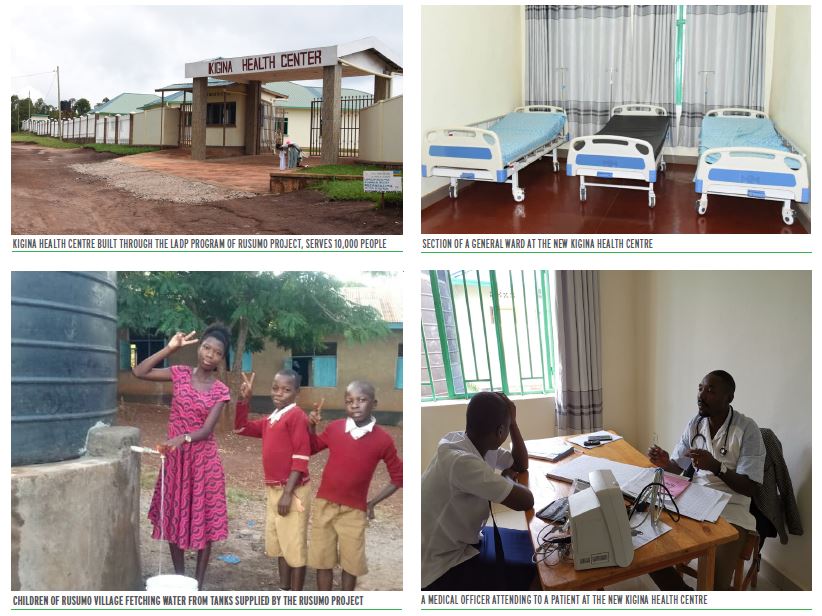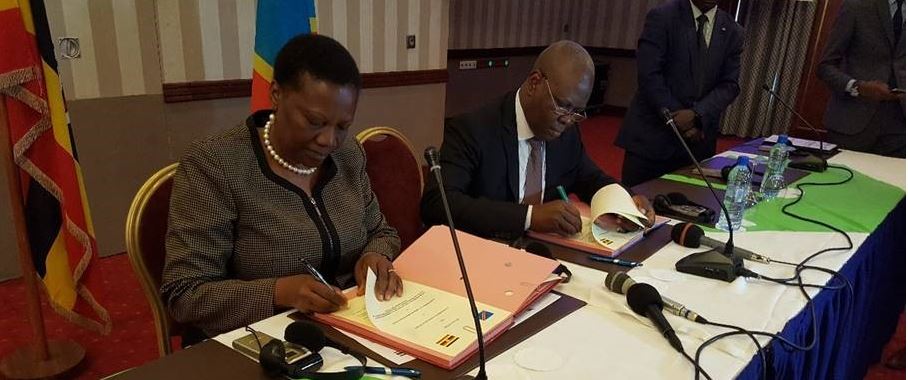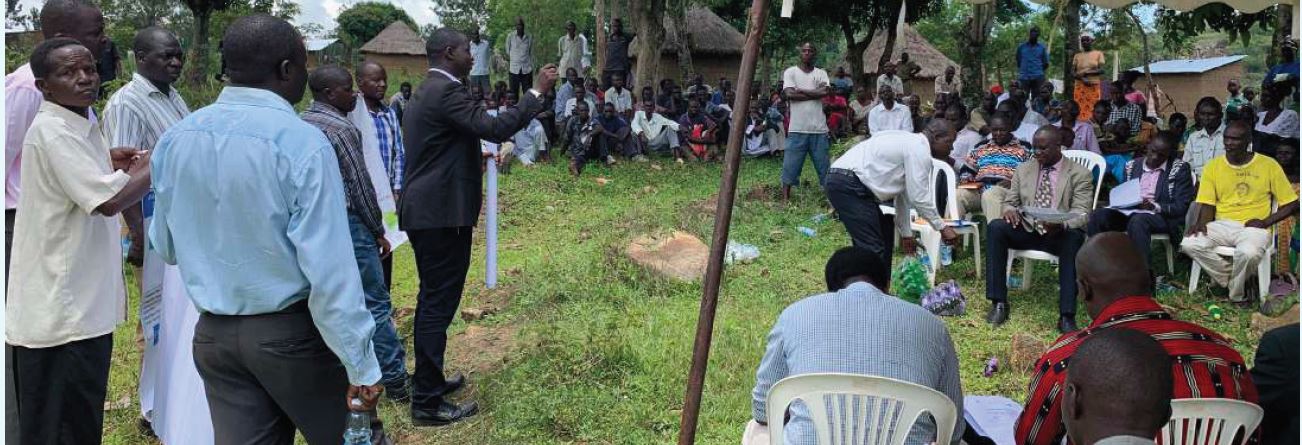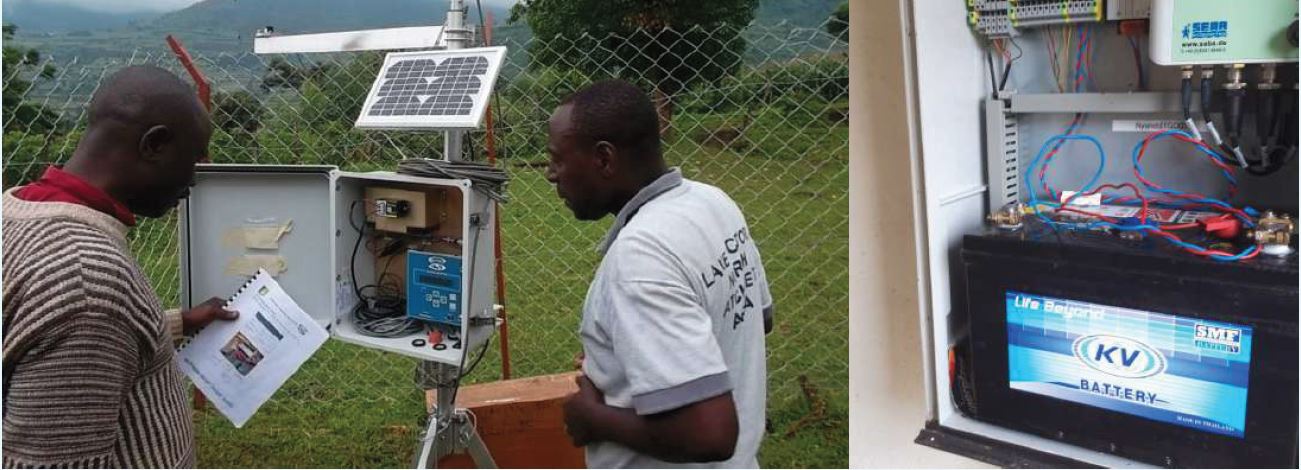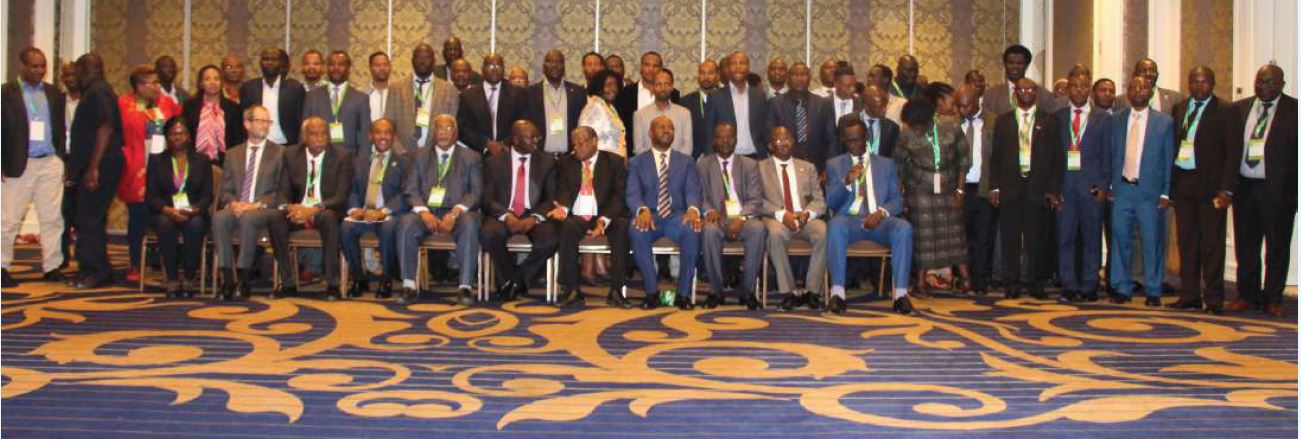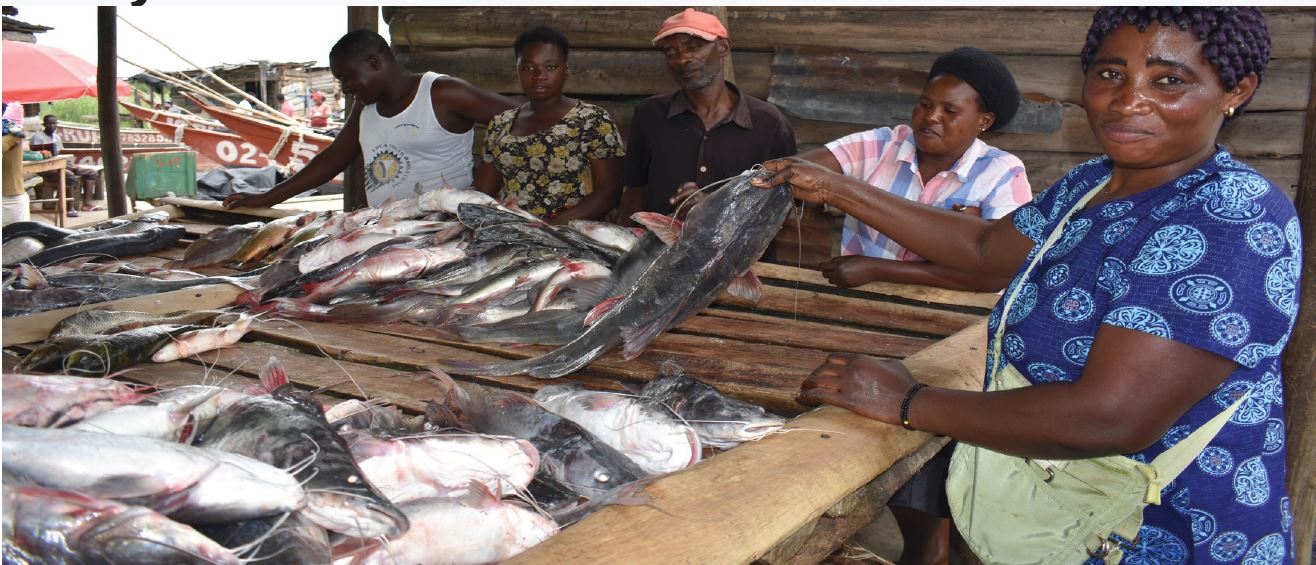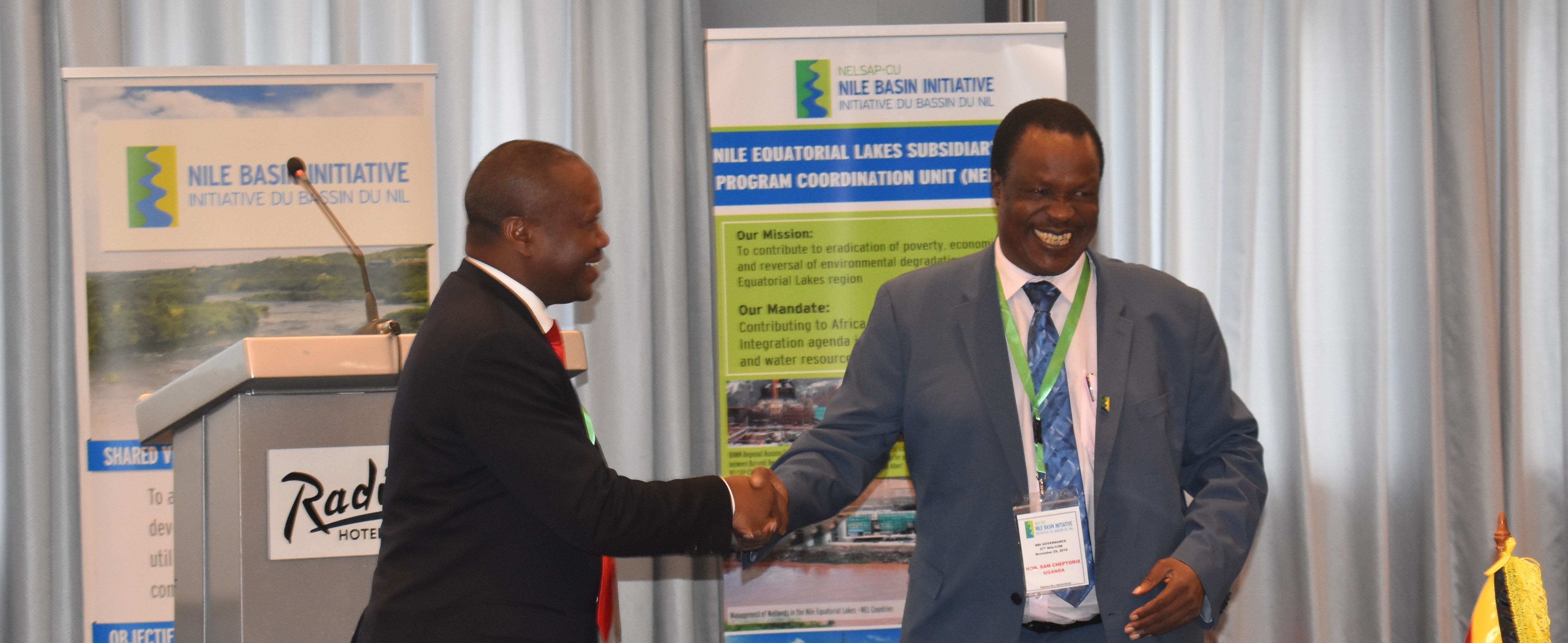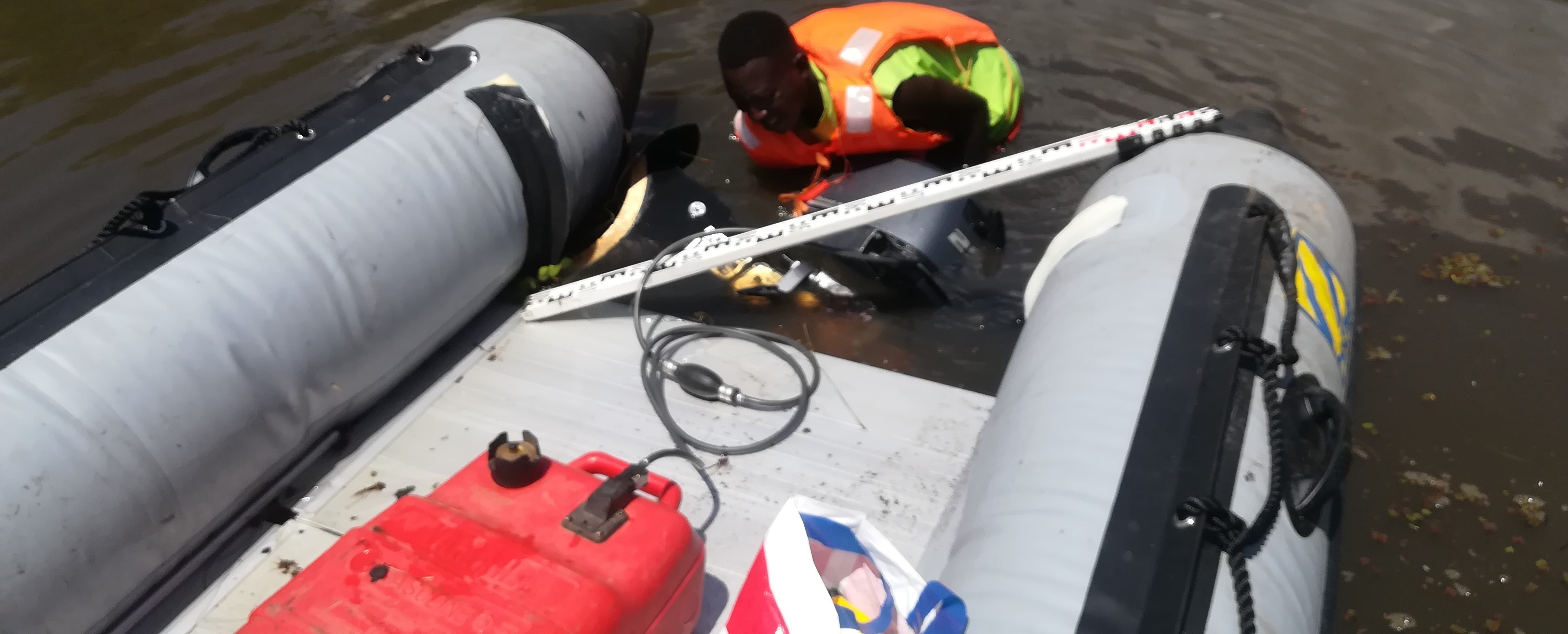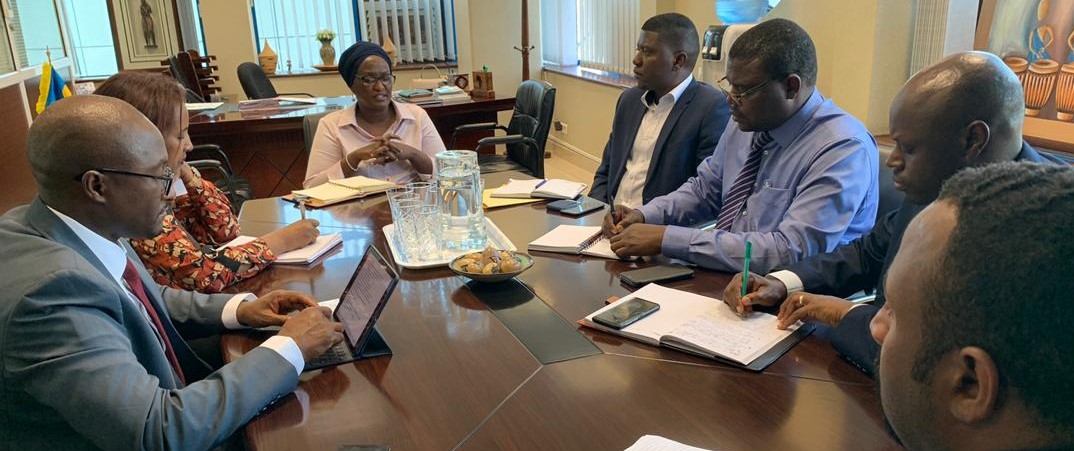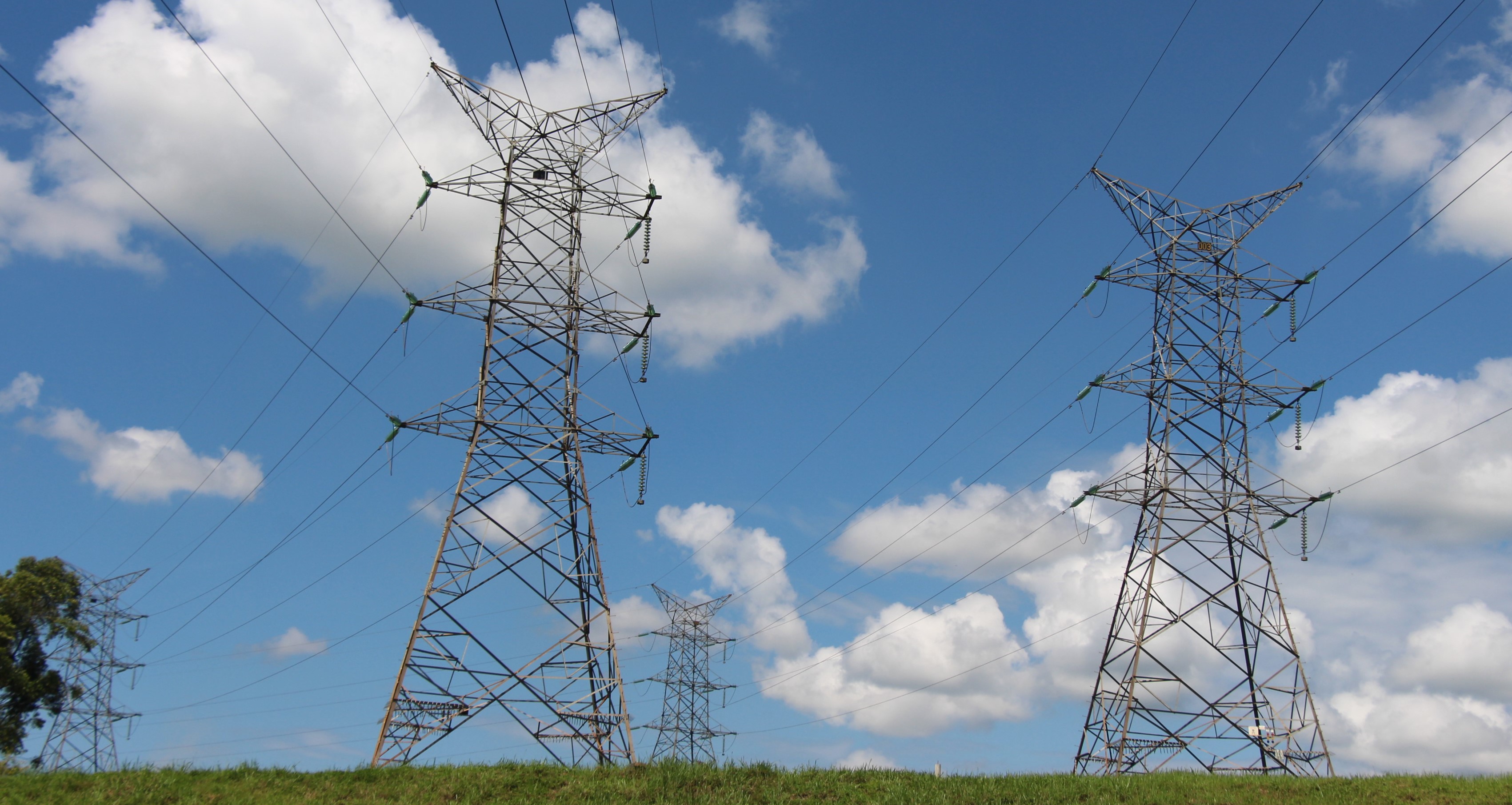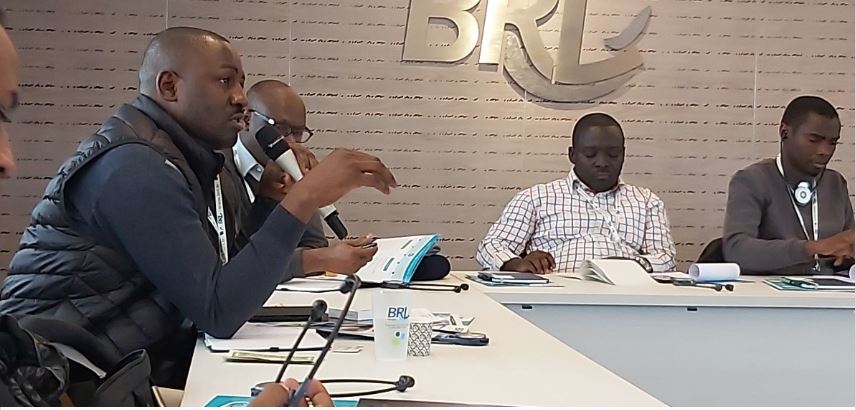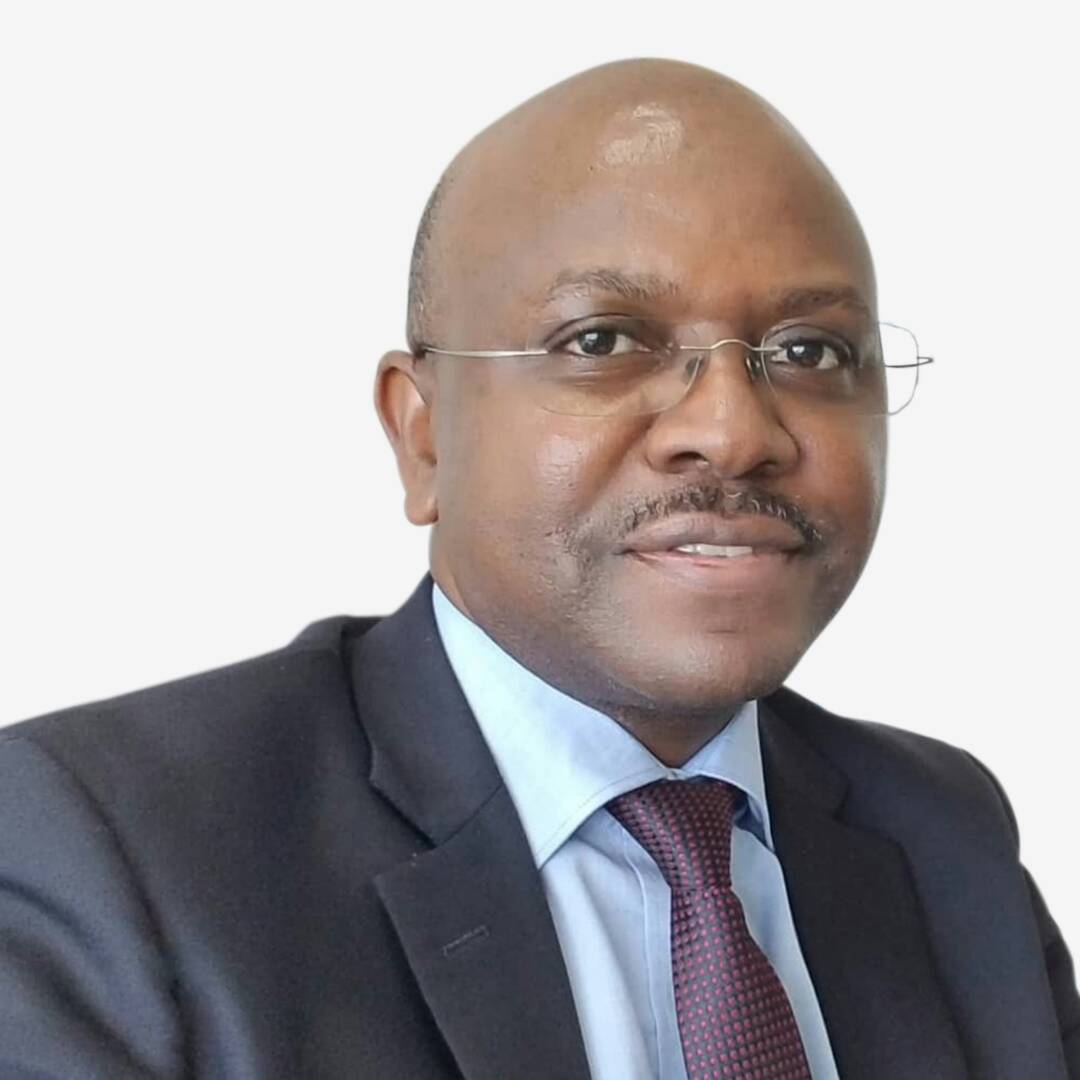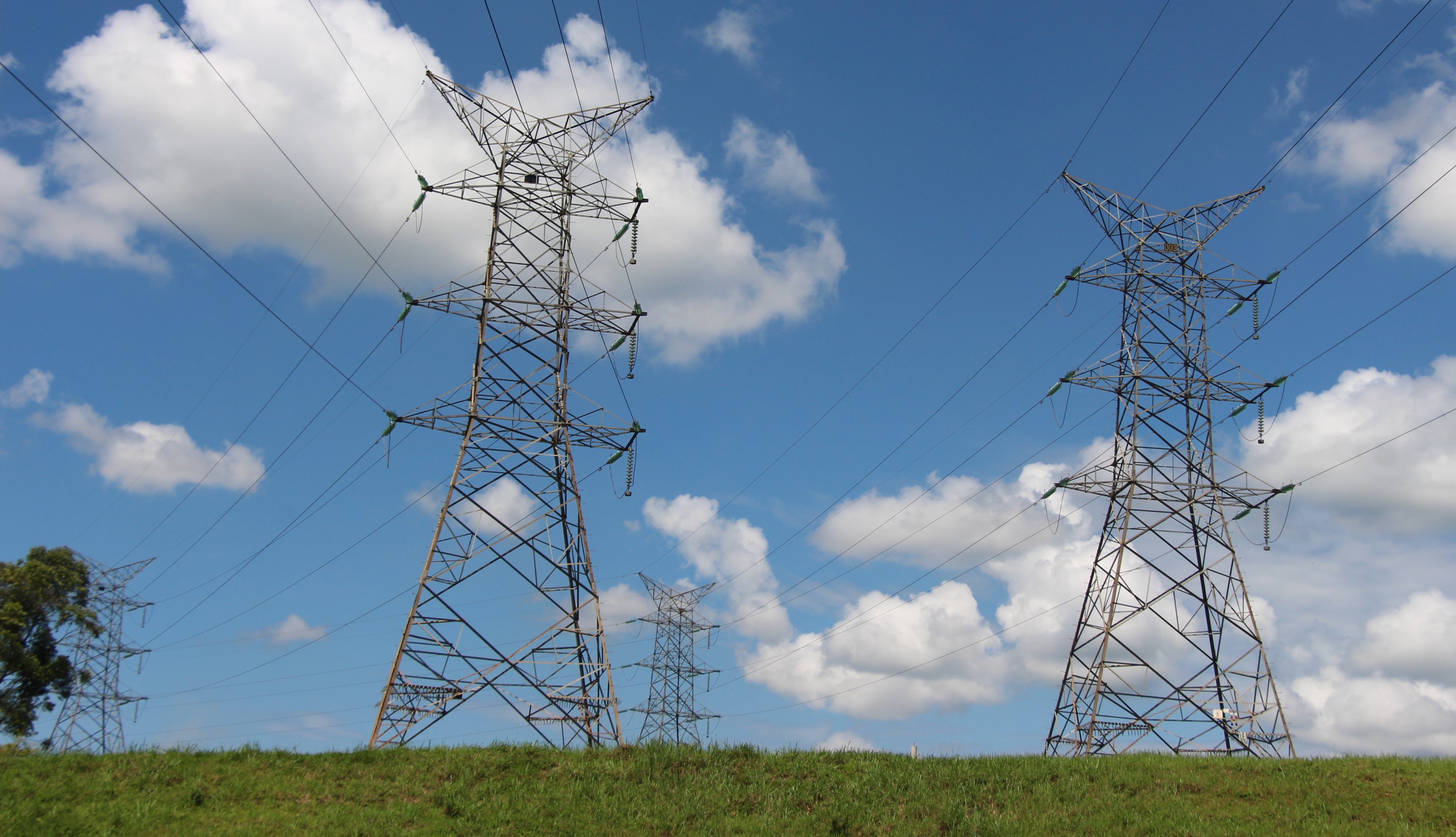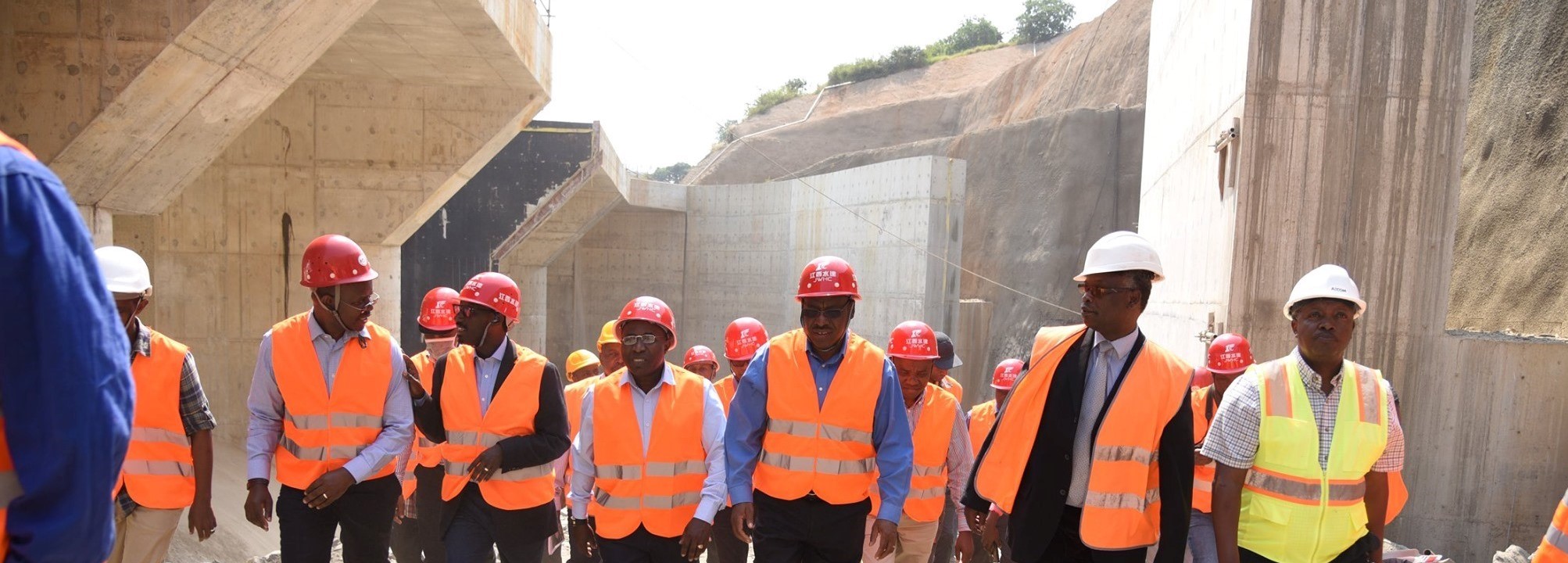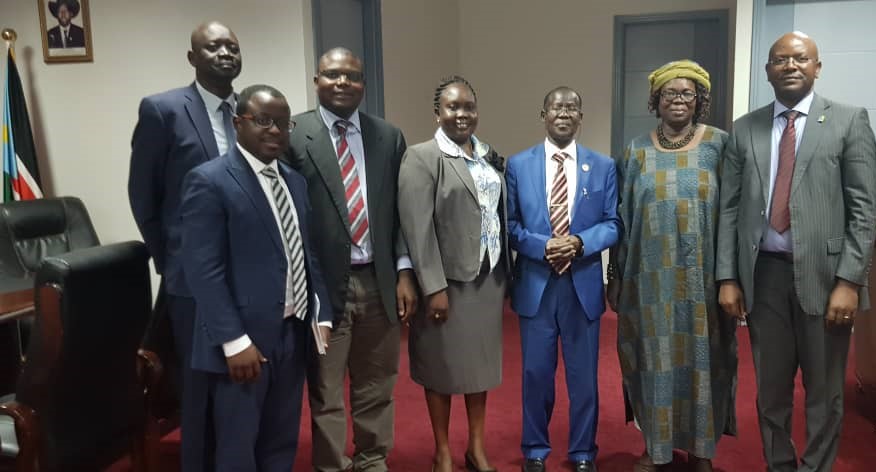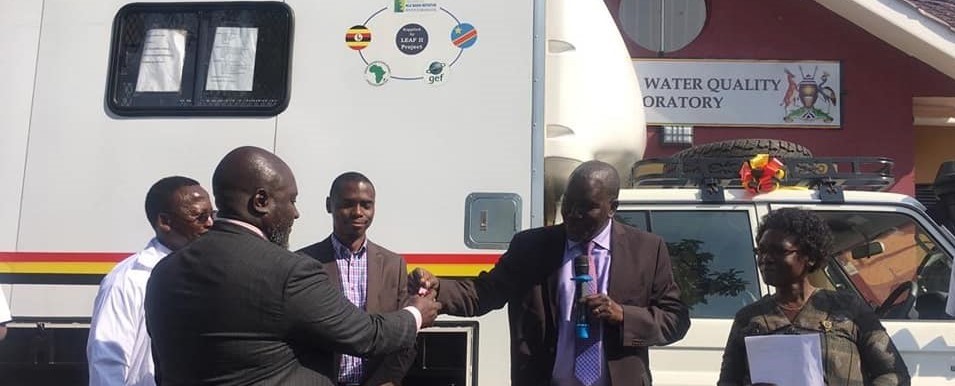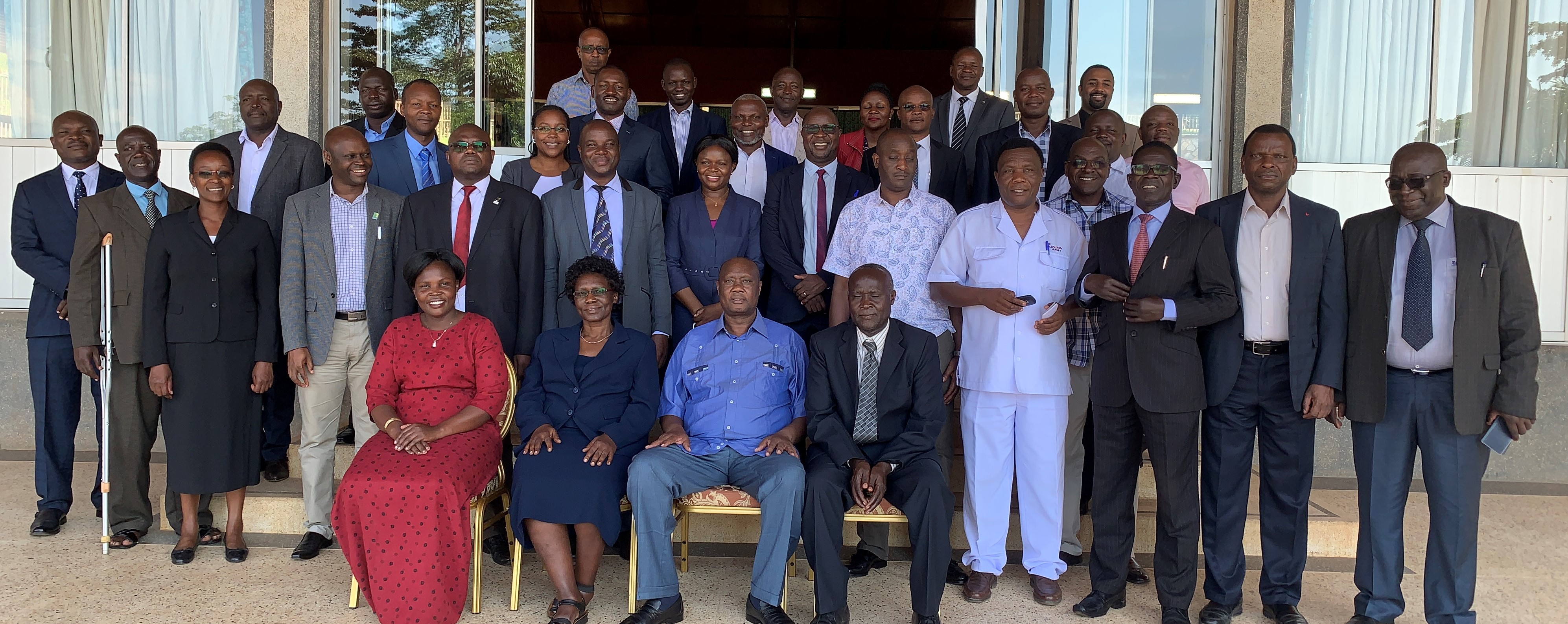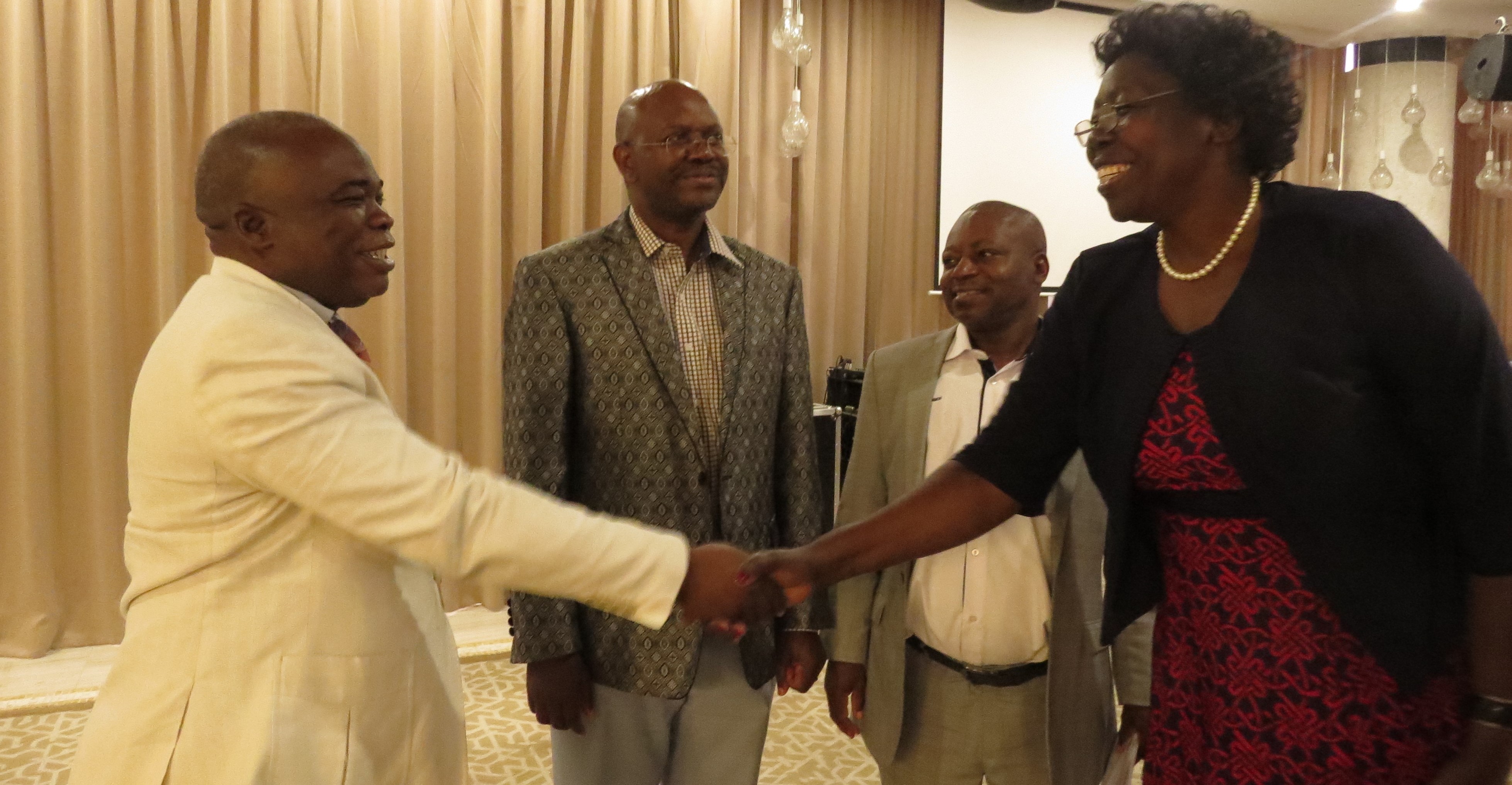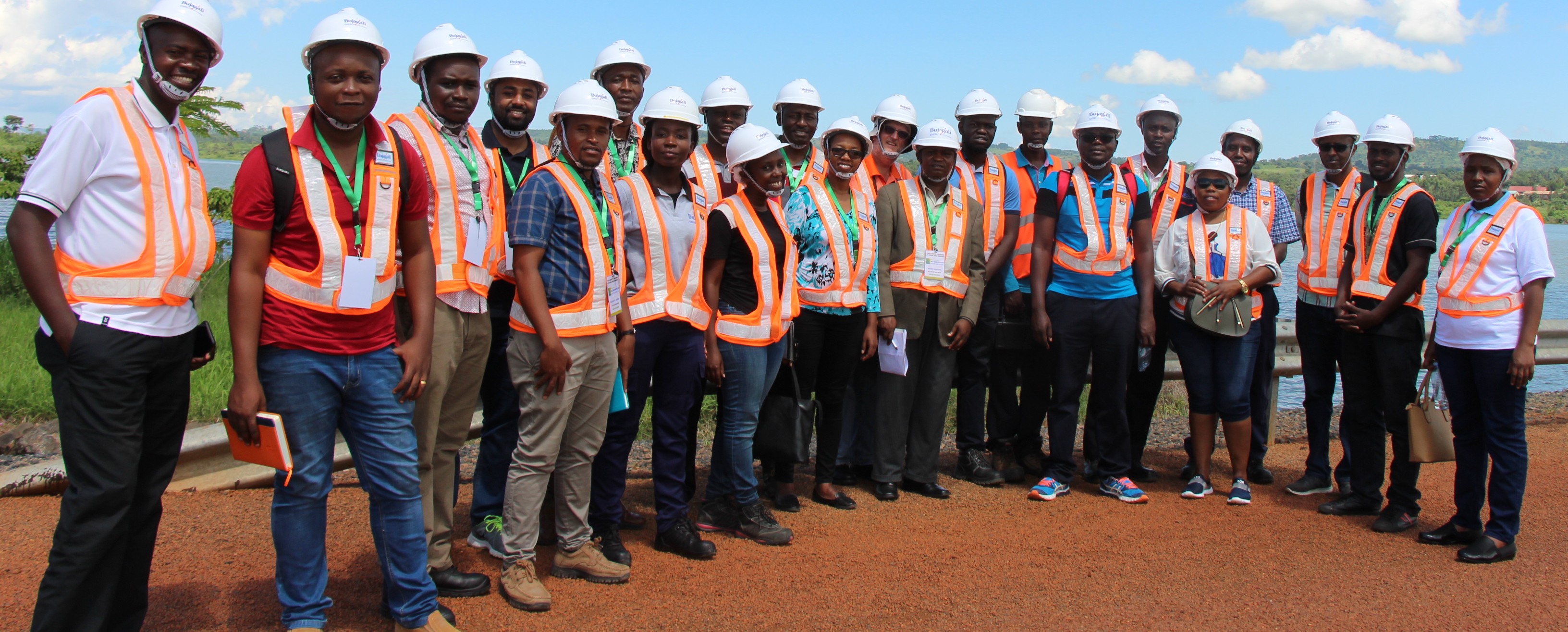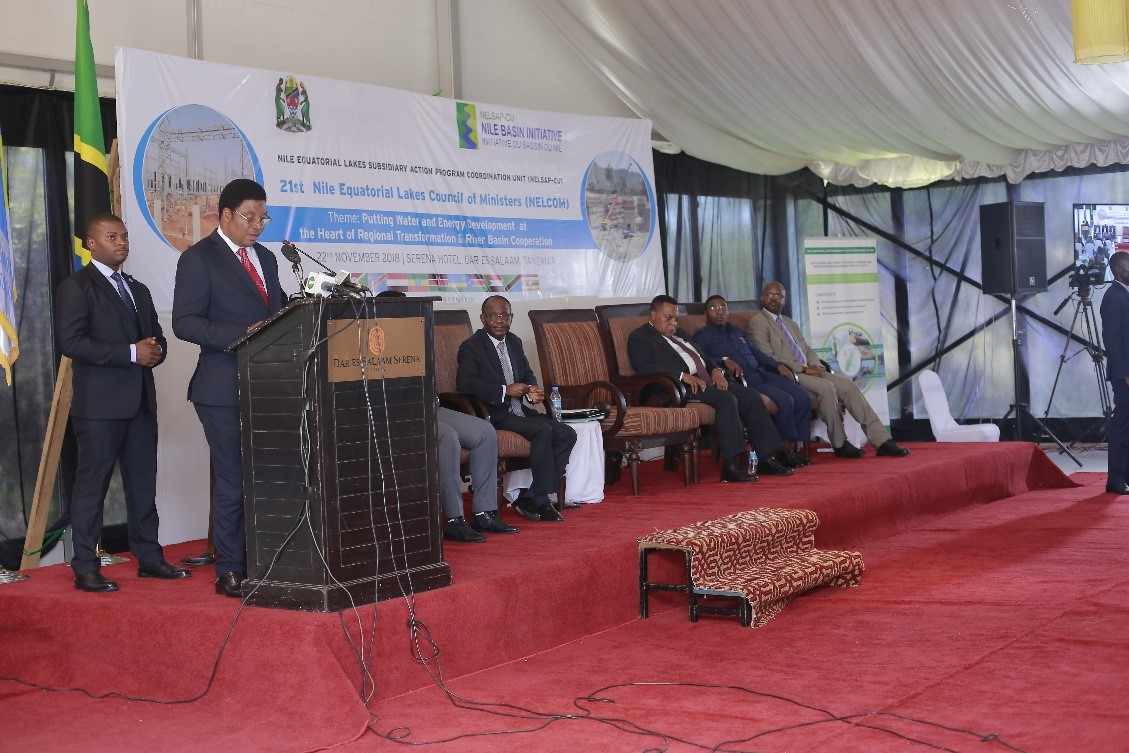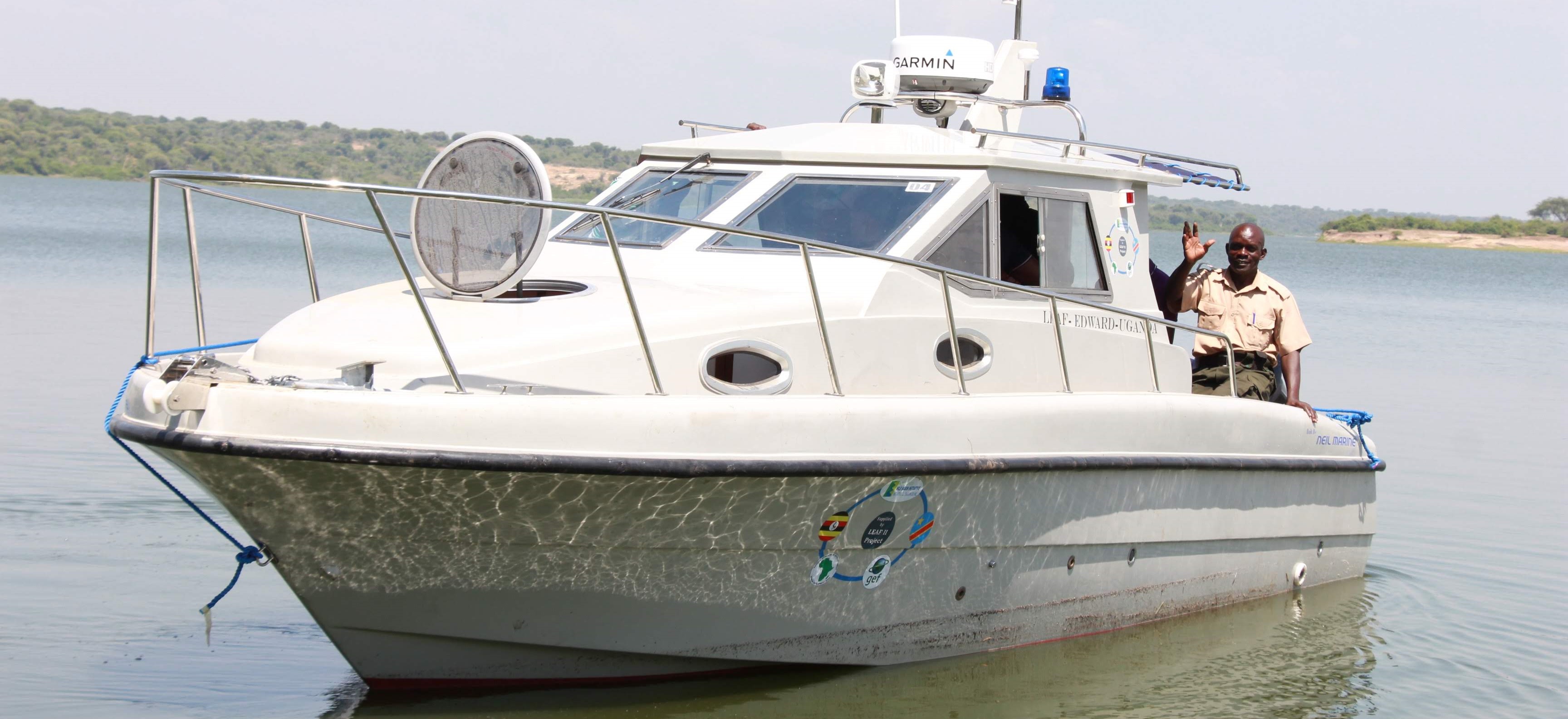“At the end of February 2022, NELSAP signed contracts with the two firms that are presently conducting the update of feasibility study, detailed design and preparation of tender documents and environmental and social impact assessment studies and resettlement action plan for the 396km D.R Congo – Uganda Power Interconnection. This transmission line will run from Nkenda in Uganda to Beni, Bunia and Butembo in Eastern D.R Congo. The two firms have commenced work and submitted their Inception Report on the first week of May 2022. This feasibility is expected to be completed in December 2022.
“In 2013, the Governments of D.R Congo and Uganda under the auspices of NELSAP carried out two studies which proved that this power interconnection is feasible at a voltage level of 220kV, but funding for its development was not forthcoming. However, the African Development Bank (AfDB) and European Union, together with other development partners have now indicated their interest in financing its construction,” Explained Eng. Alloyce Oduor, the NELSAP Power Program Officer.
 “Due to the time lapse, a lot of developments have taken place in the region leading to rapidly growing electricity demand and need to avail transmission lines in order to stimulate power generation capacity and increase security and quality of power supply. As a result, the two governments have found it necessary to validate the studies by conducting updated studies,” Eng. Oduor added.
“Due to the time lapse, a lot of developments have taken place in the region leading to rapidly growing electricity demand and need to avail transmission lines in order to stimulate power generation capacity and increase security and quality of power supply. As a result, the two governments have found it necessary to validate the studies by conducting updated studies,” Eng. Oduor added.
Background to the Project
The proposed D.R Congo – Uganda power interconnection consists of construction of a High voltage transmission line and associated substations at Beni, Bunia and Butembo in the North Eastern region of D.R Congo and upgrade of the Nkenda substation in Kasese, in the western region of Uganda. The total distance of the line is estimated at 396 km. The two studies will be conducted in parallel and in a coordinated manner, with the two consultancy firms exchanging data.
This project is part of the NELSAP regional power grid interconnection, now under implementation, and covers interconnection of Kenya-Uganda-Rwanda-Burundi-DR Congo (Eastern part) as well as Kenya-Tanzania-Zambia that will link the Eastern African Power pool to Southern Africa Power Pool.

Power Demand and Supply in North Eastern D.R Congo
Despite having rich renewable energy potential, D.R Congo has substantial unmet electricity demand. Only 9% of its overall population have access to electricity. 19% of D. R Congo’s urban population has electricity and only 2% of its rural population is connected to the electricity grid. Owing to D.R Congo’s size and economic conditions, the North Eastern D.R Congo, under consideration for this interconnection, is isolated from the South Eastern region electric grid as well from the national grid that runs from the Inga Network, which is over 2,000 kilometres away and hence connection to it is not achievable in the foreseeable future. Goma, the capital of North Kivu Province, is 376 km from Bunia, the capital of Ituri Province. The main towns in this North Eastern region are currently supplied by small diesel generators which are expensive relative to the power supply from the respective national grids. Therefore, supplying the towns of Beni, Bunia and Butembo from Uganda side would provide cheaper, reliable, and secure supply, and would also interconnect the towns to the network around Lake Kivu.
The feasibility study completed in 2013 forecasted demand in the Eastern Region of DRC at 63MW in 2020, 100MW in 2025 and 133MW in 2030. Uganda on the other hand targets power generation capacity to increase to 41,738 MW by 2040 (Vision 2040) with percentage population with access to electricity rising from 14% in 2013 to 80% by 2040.

